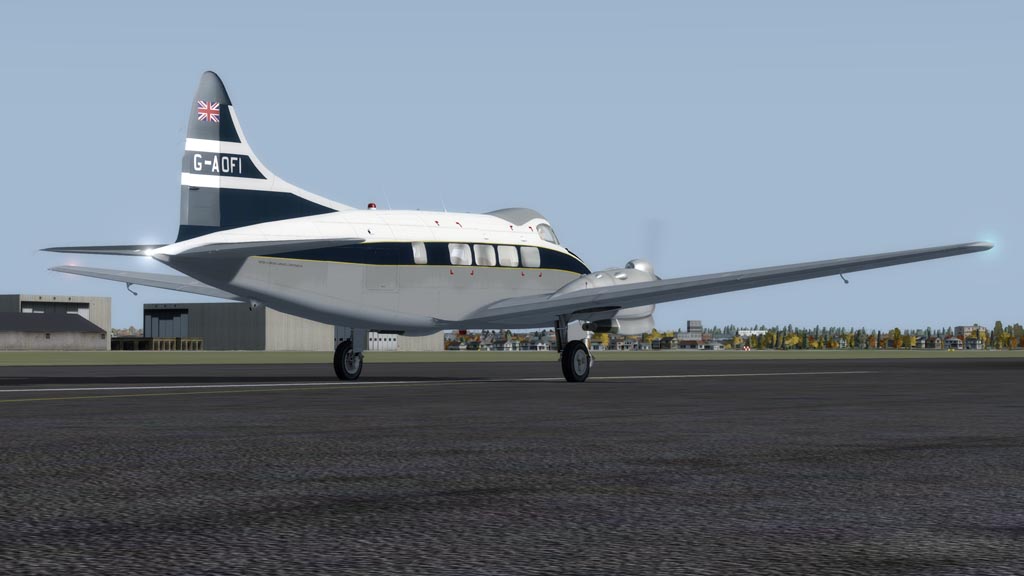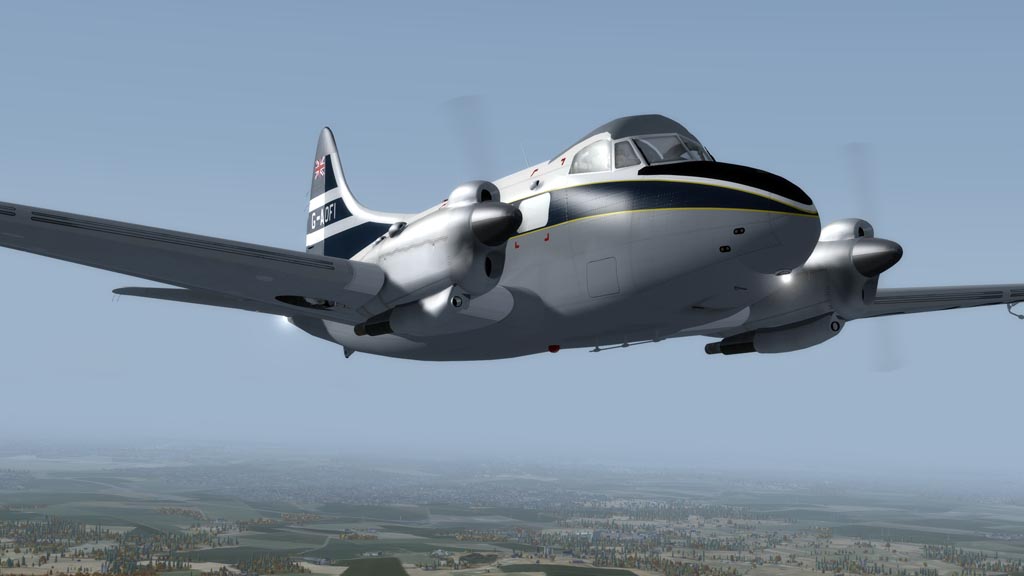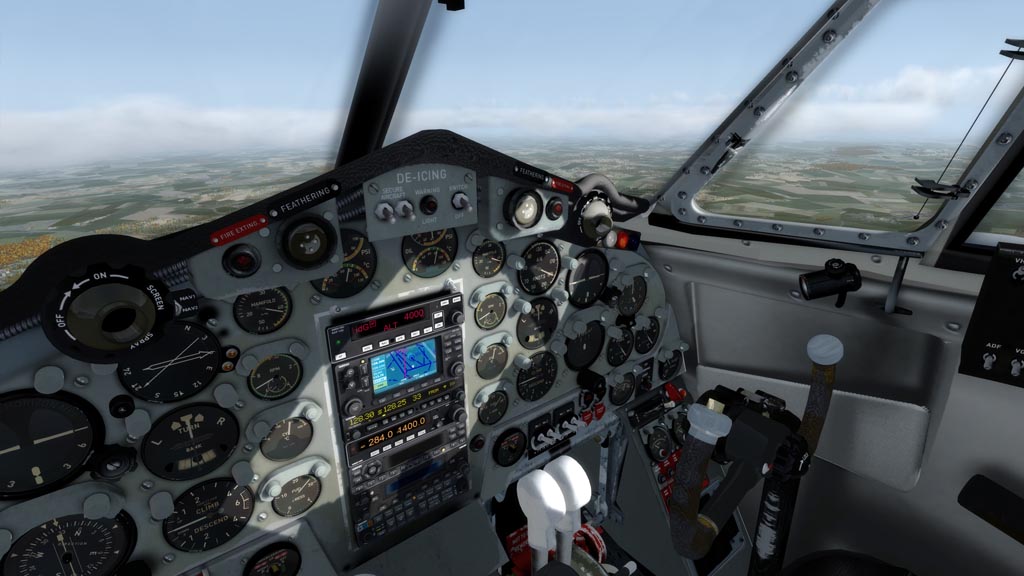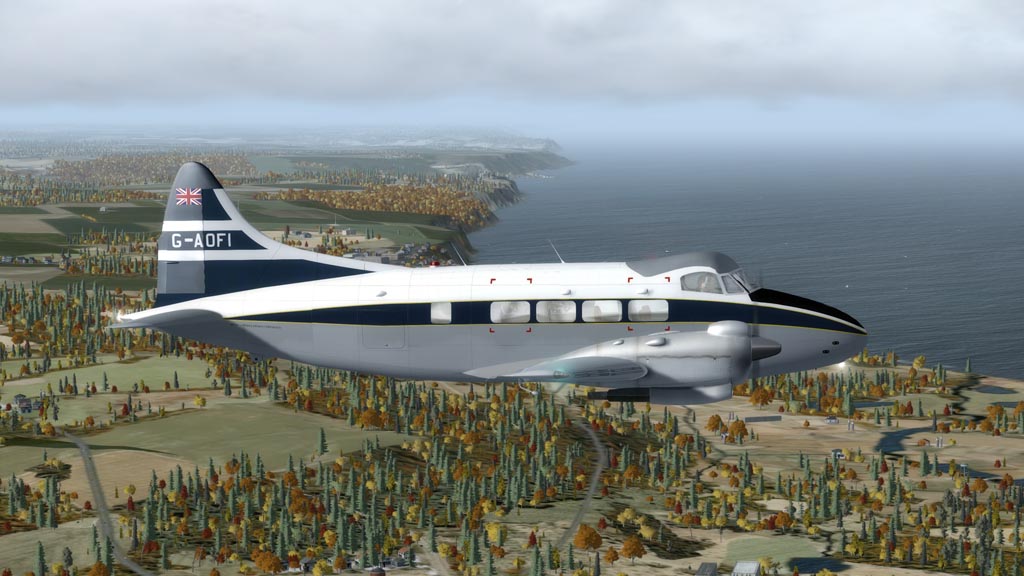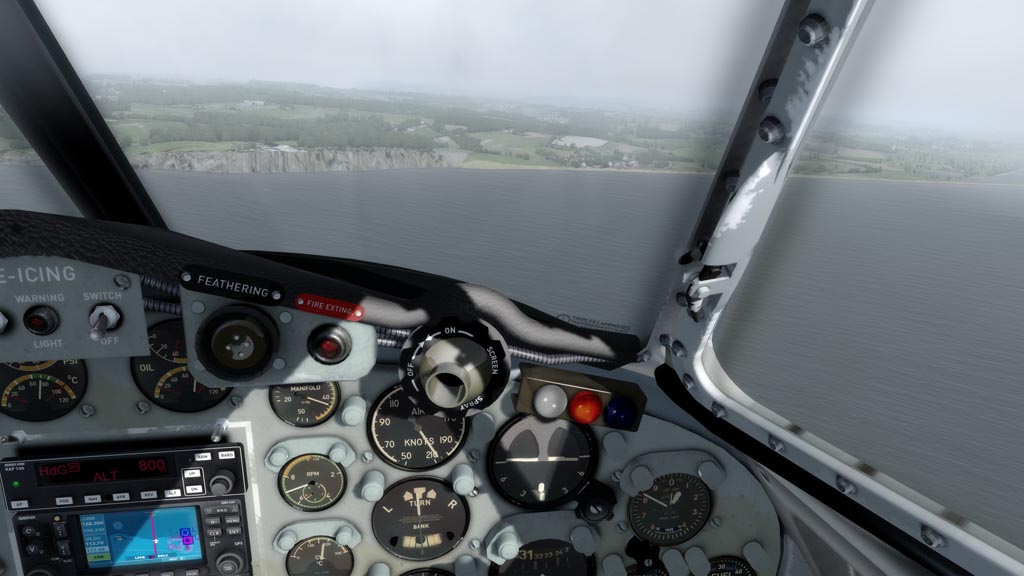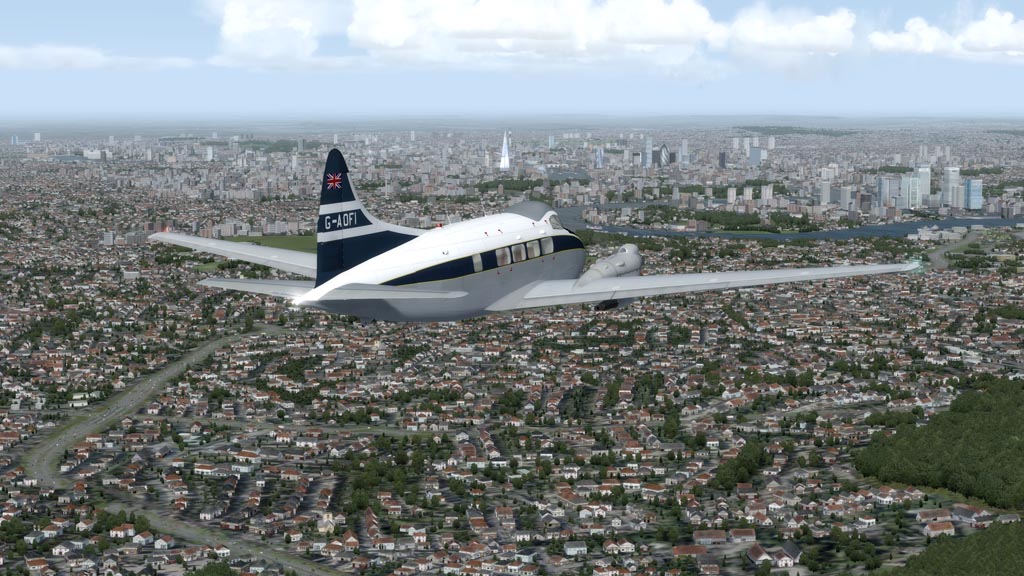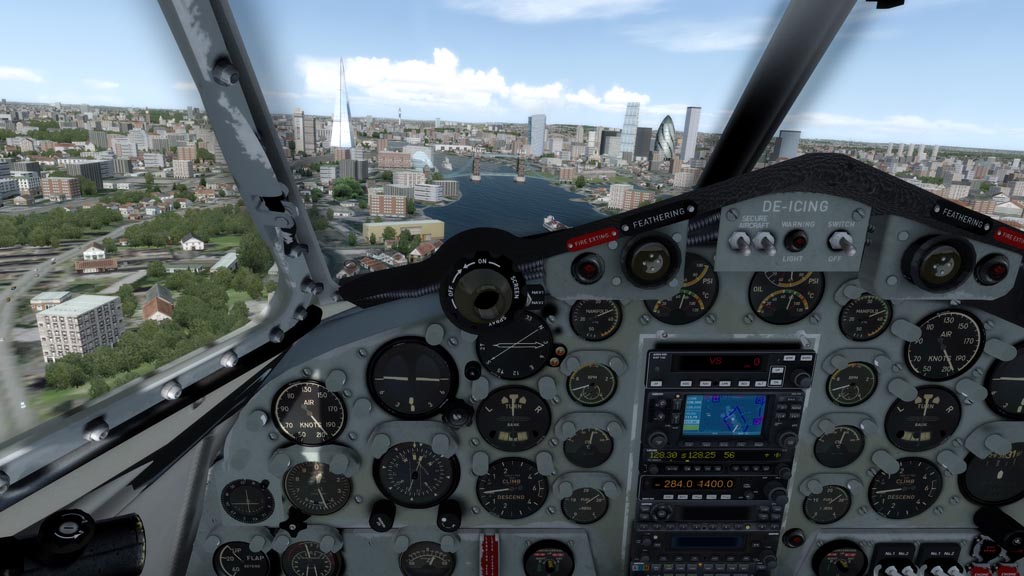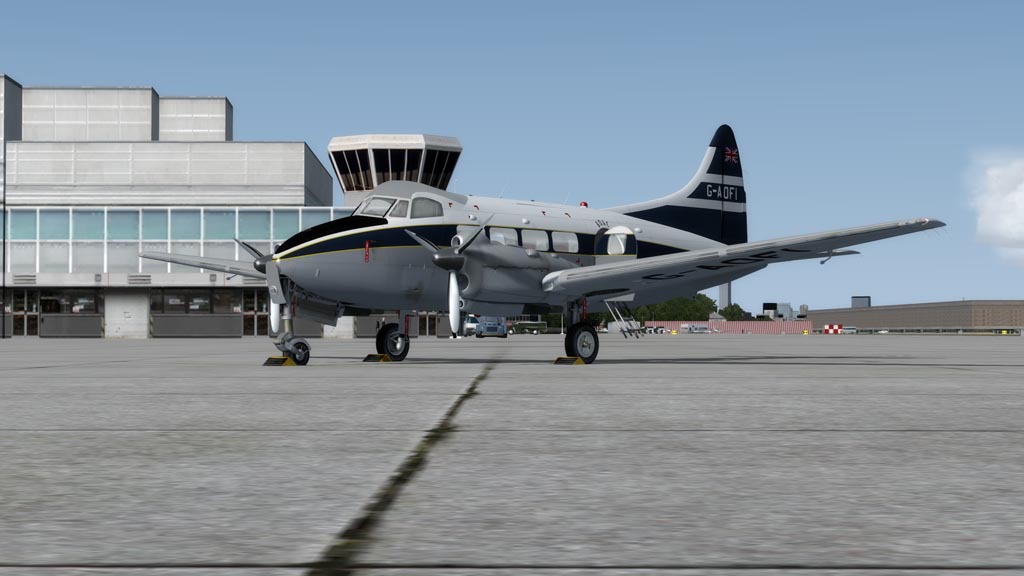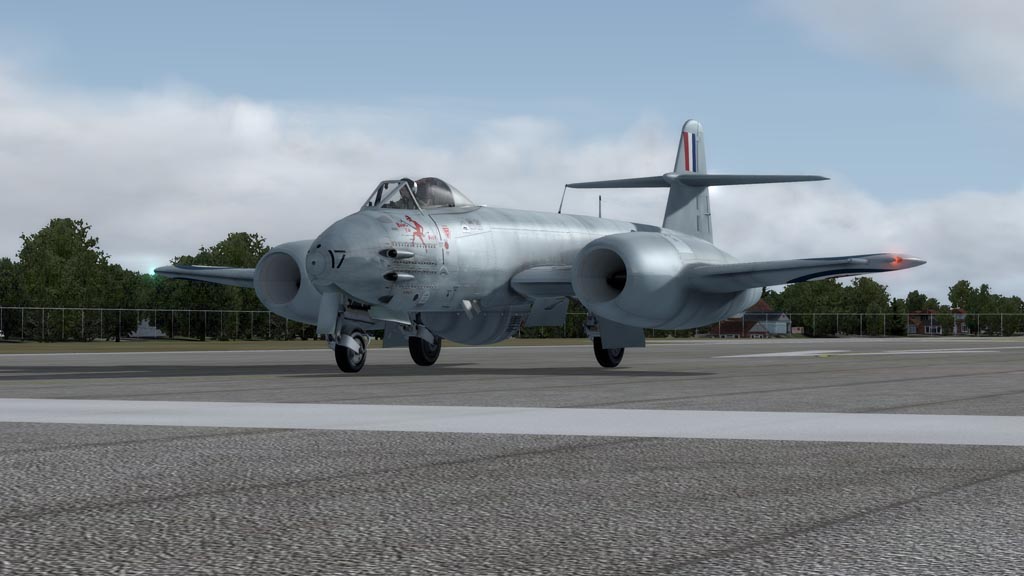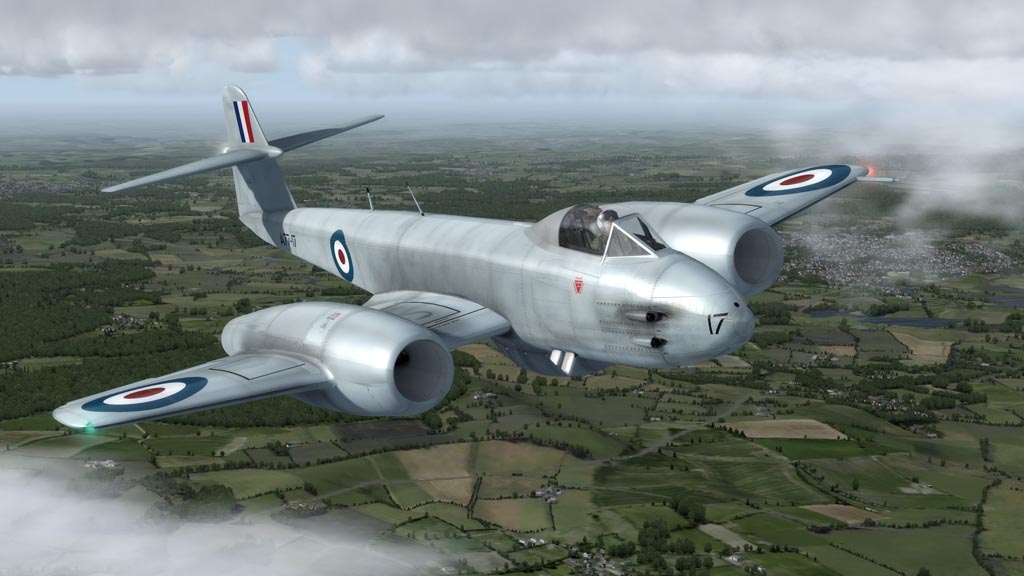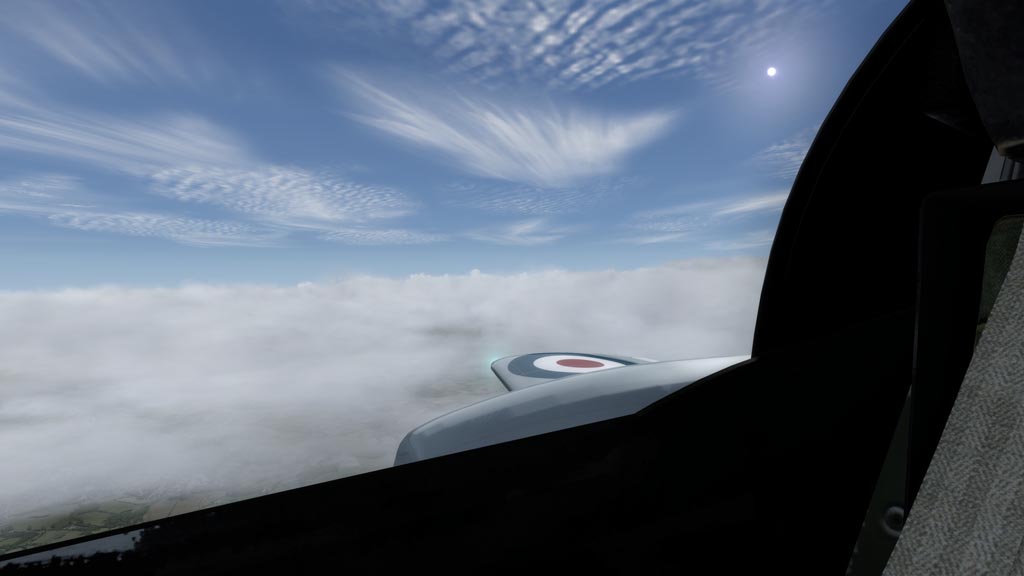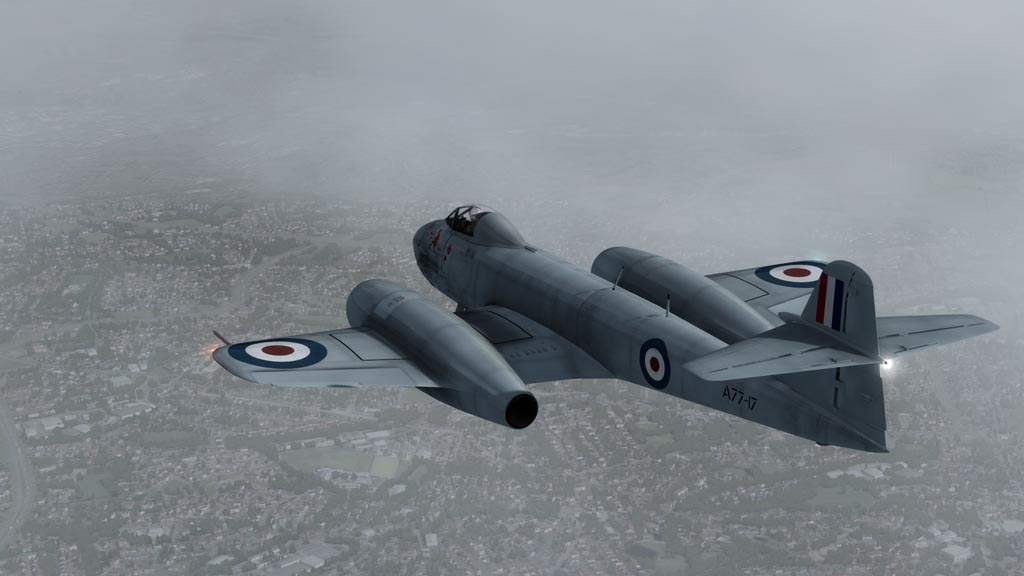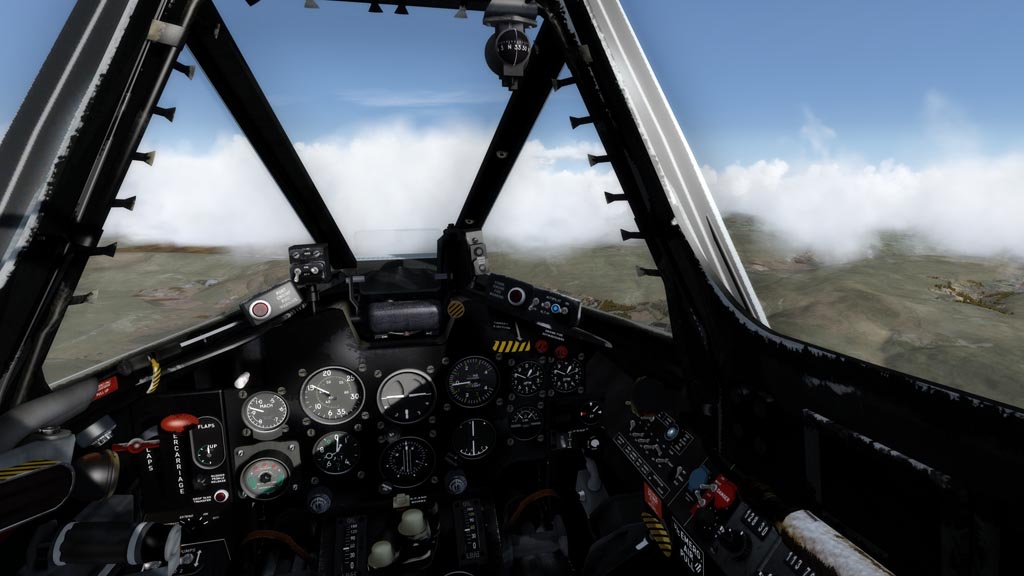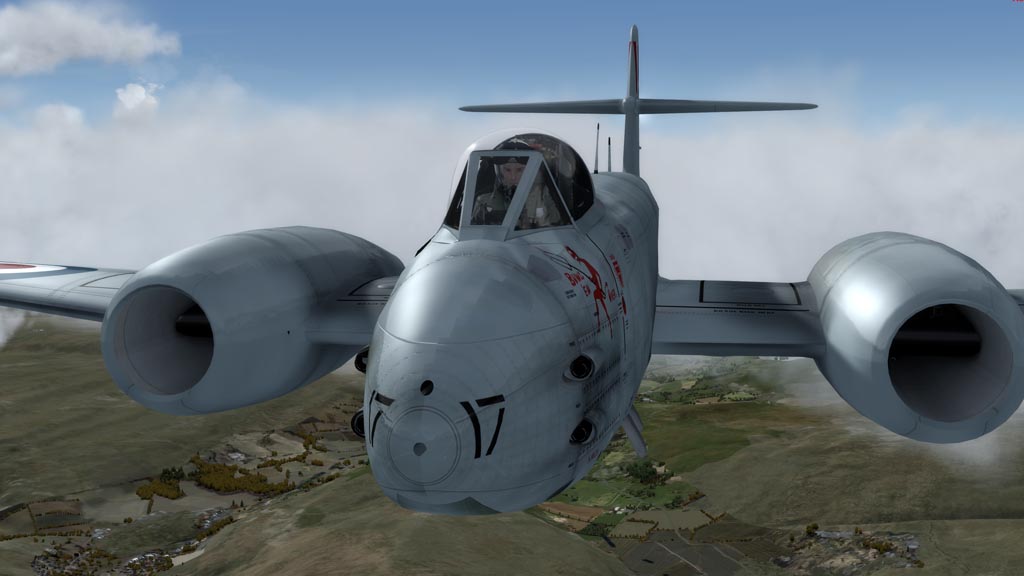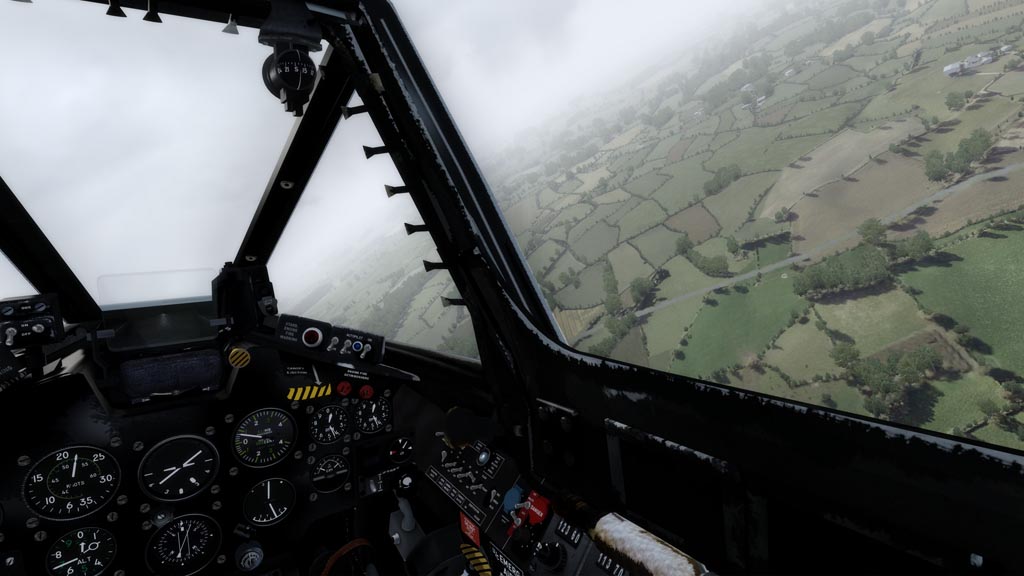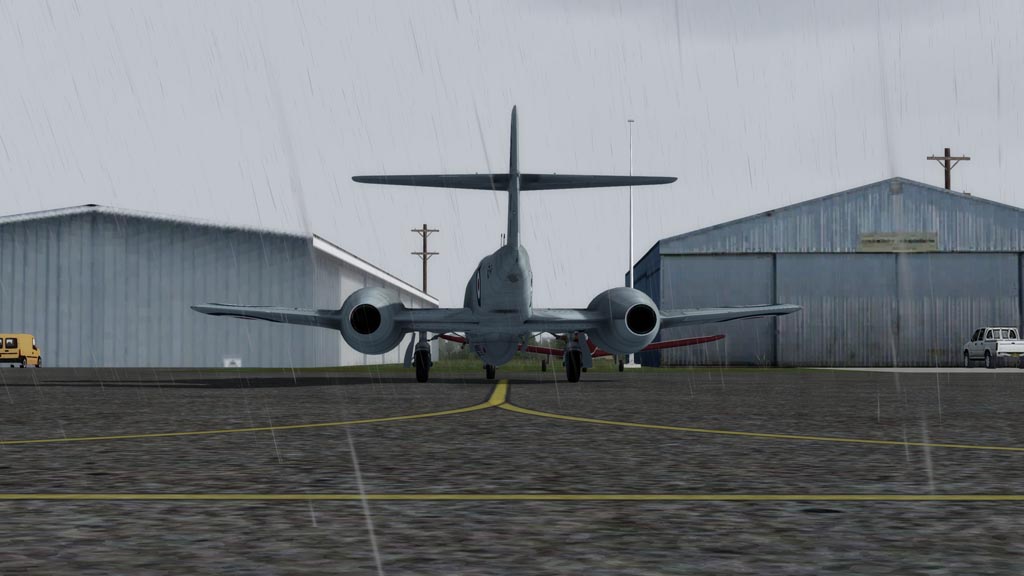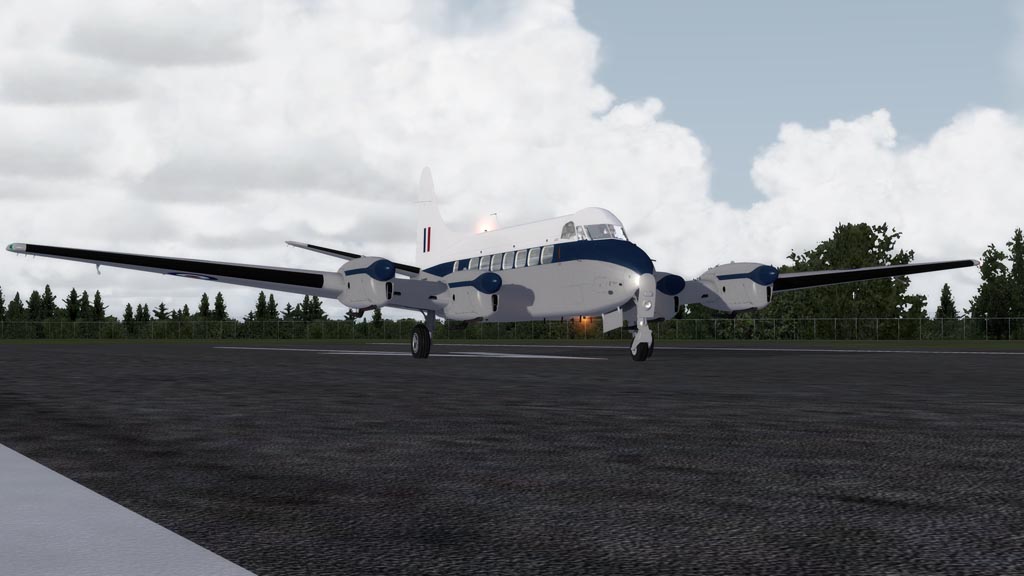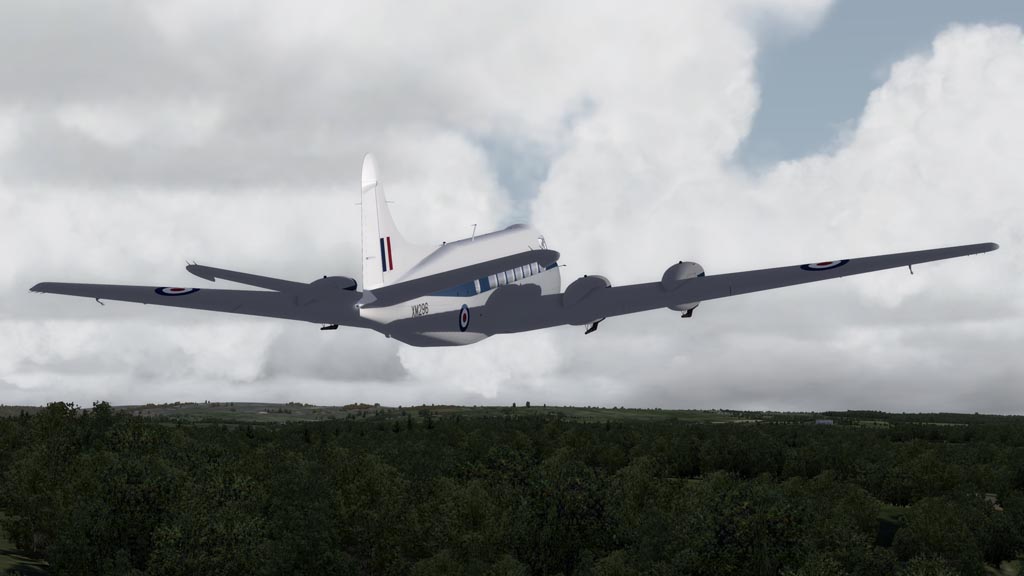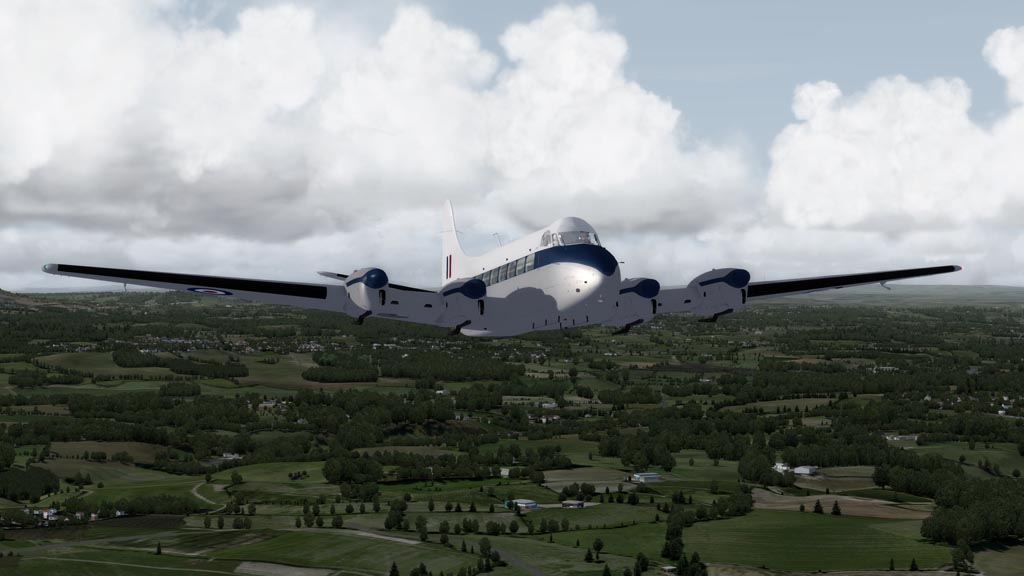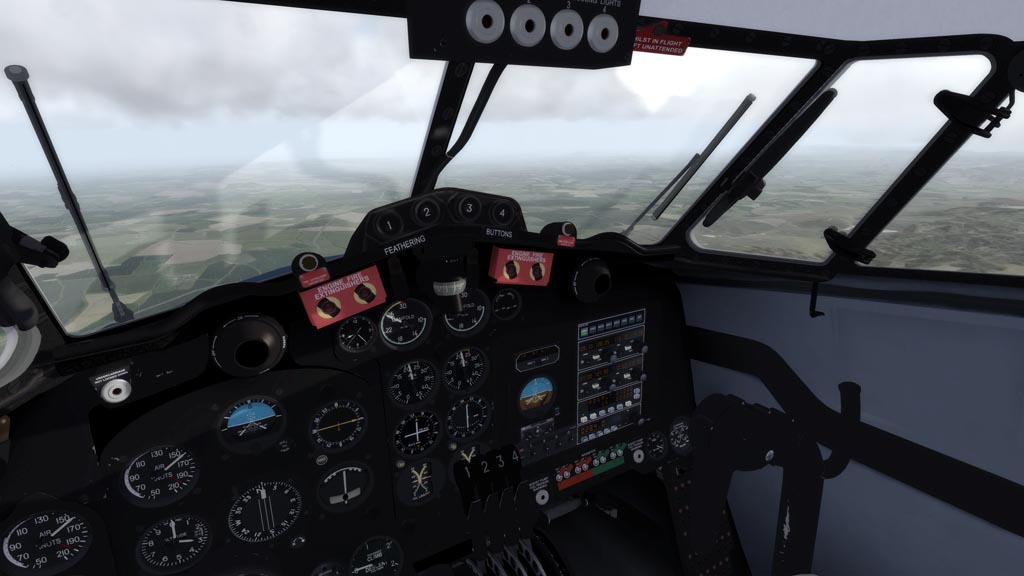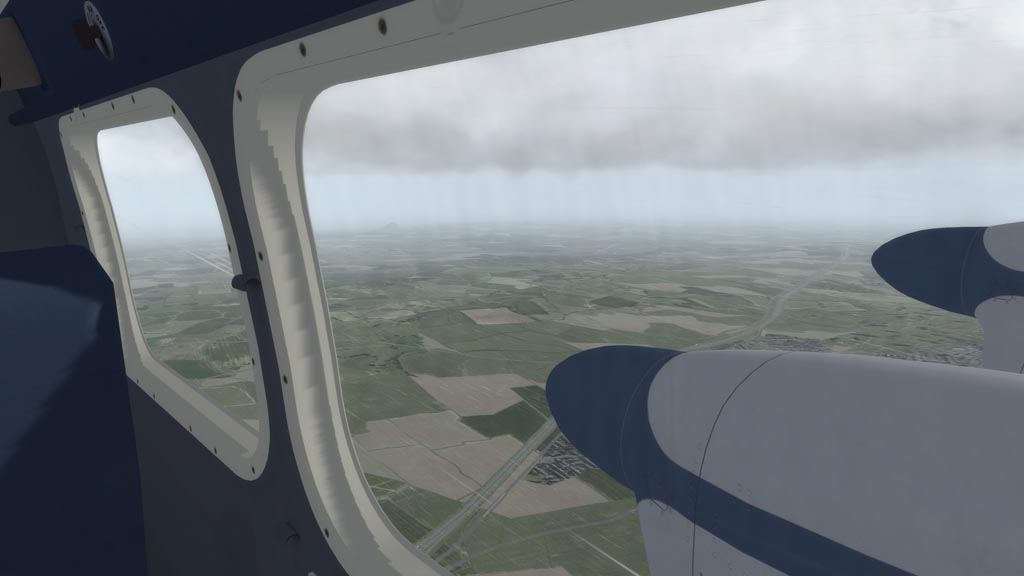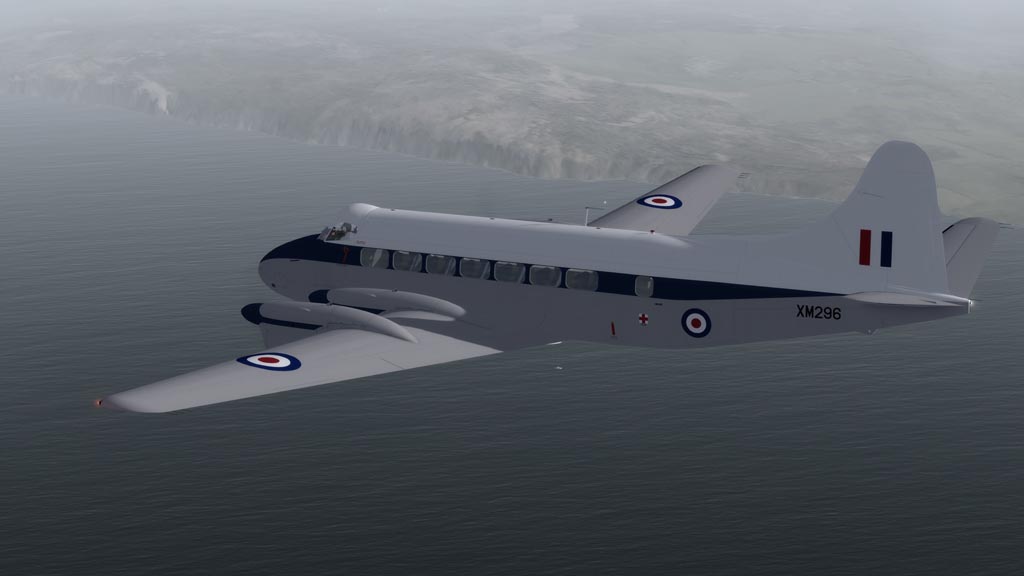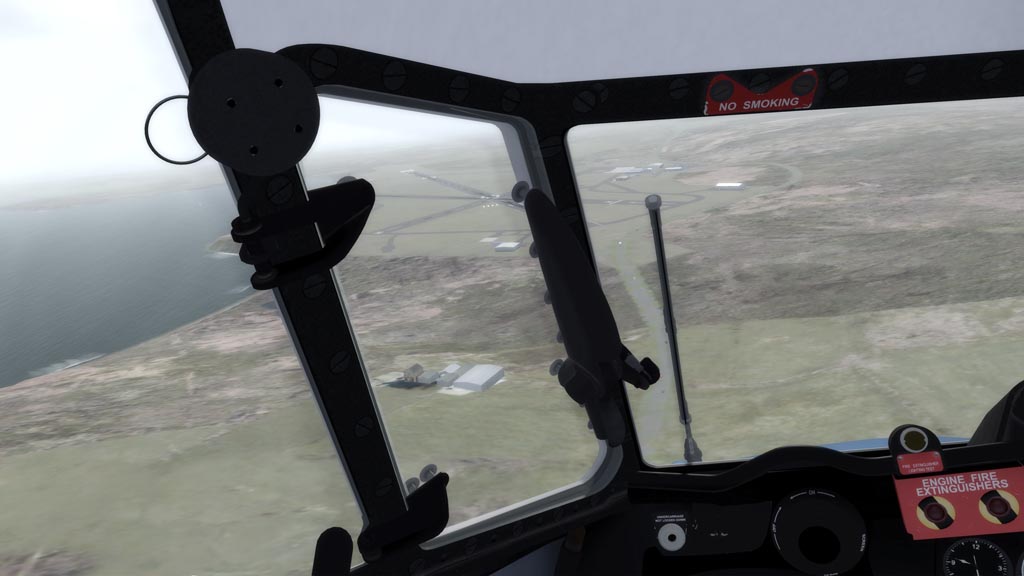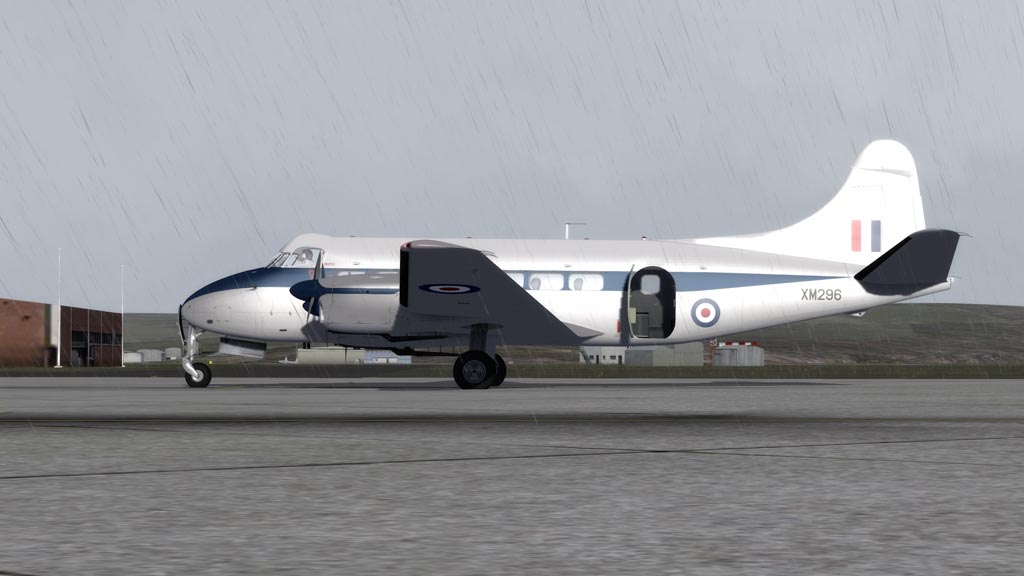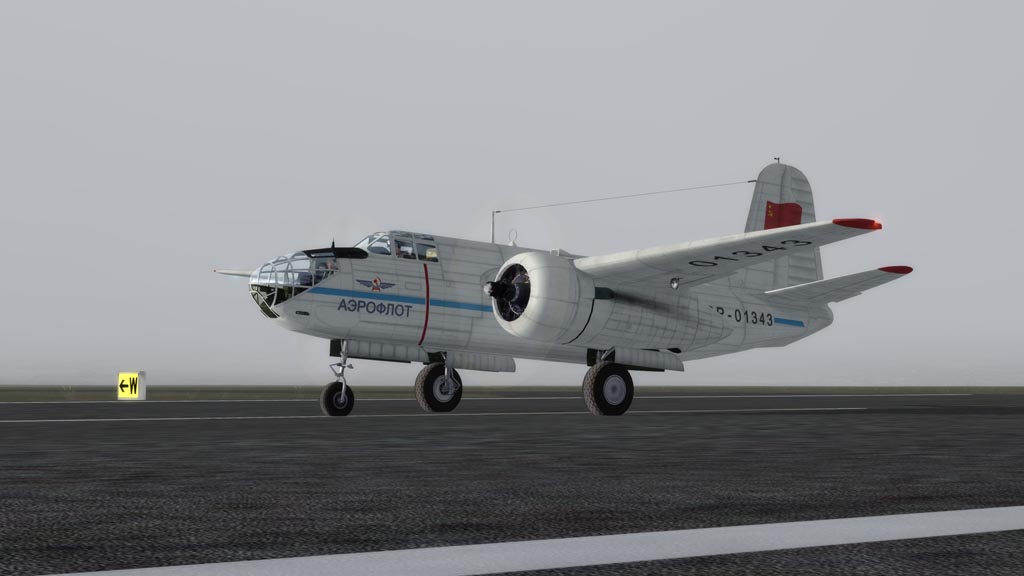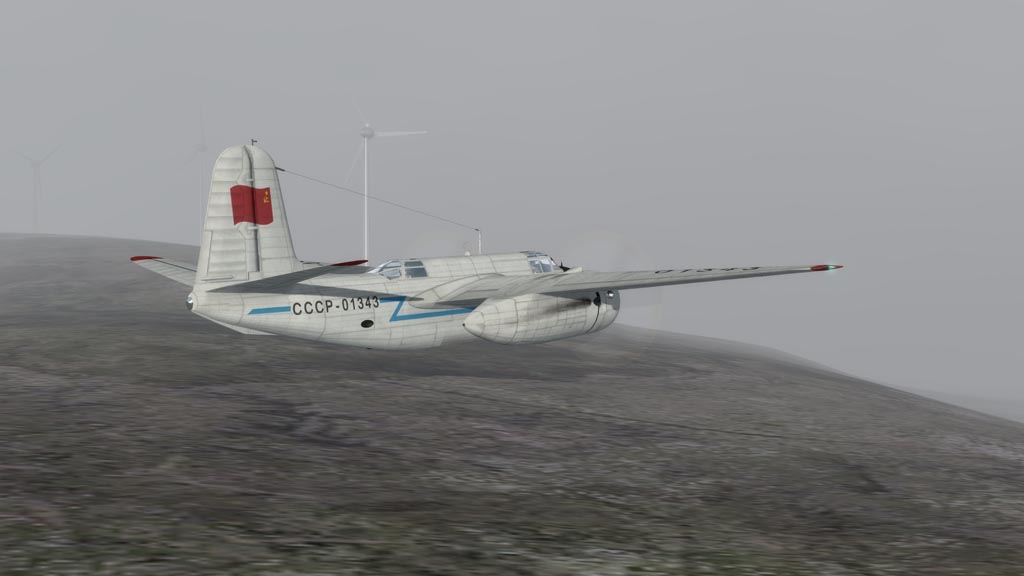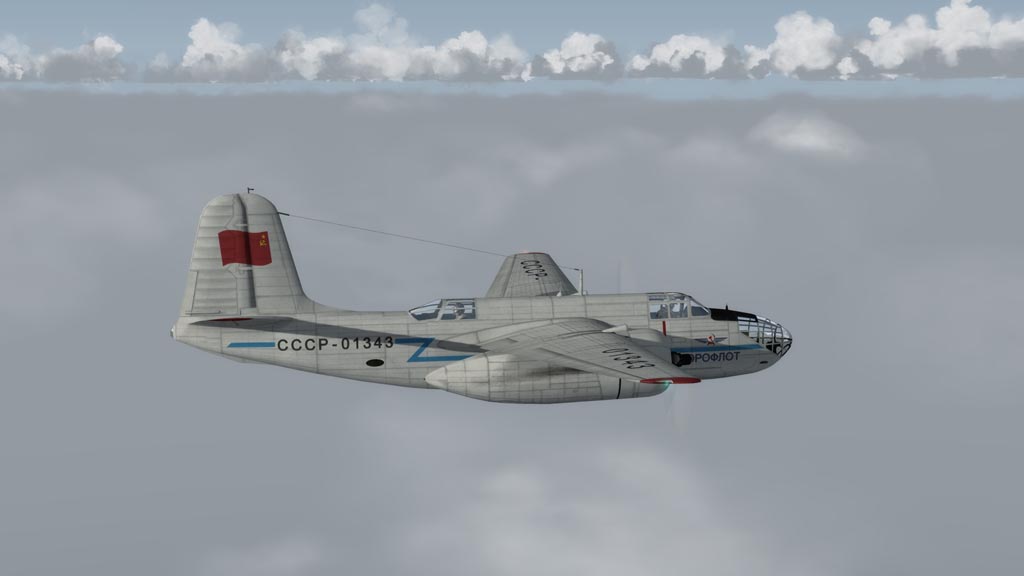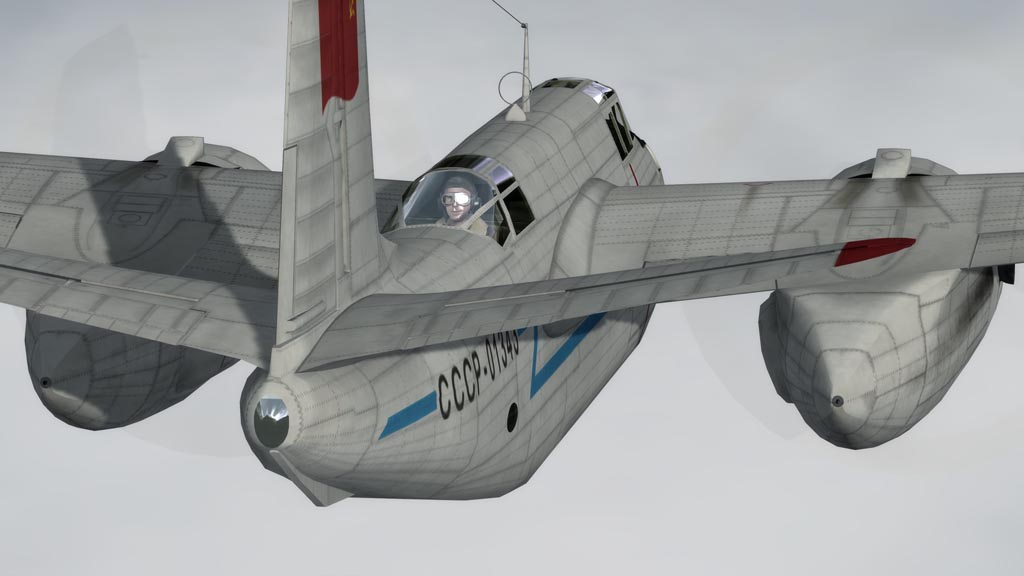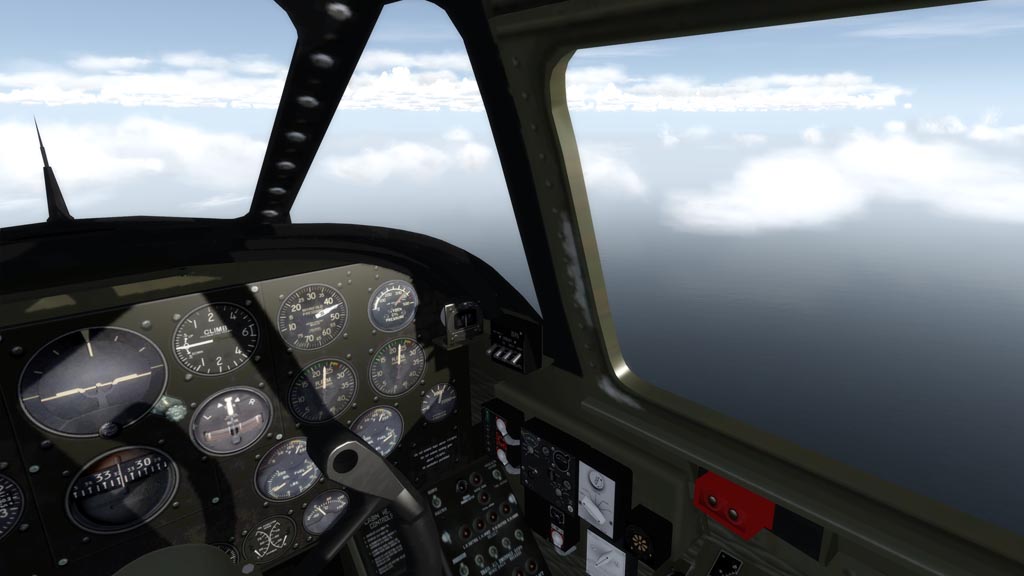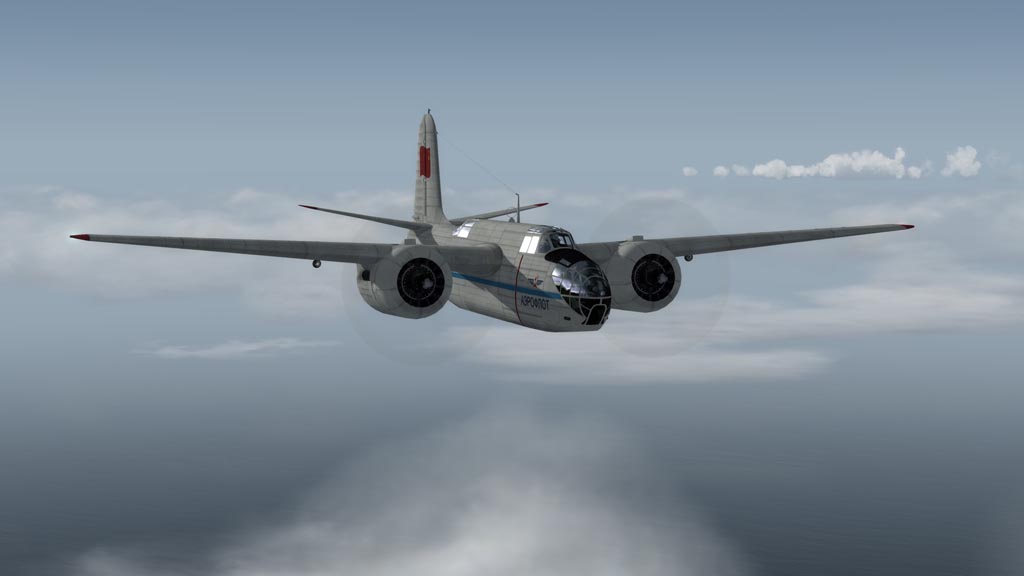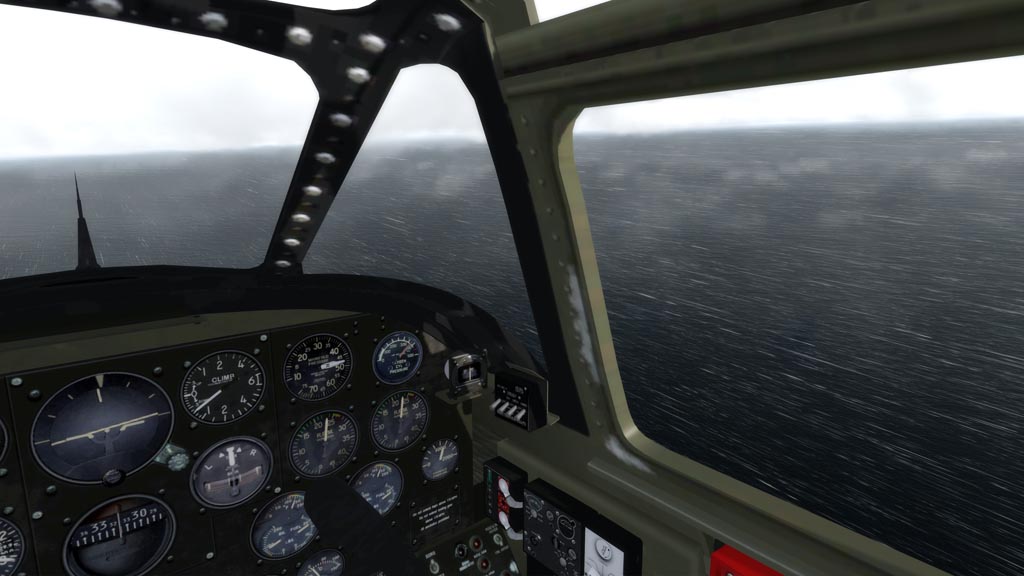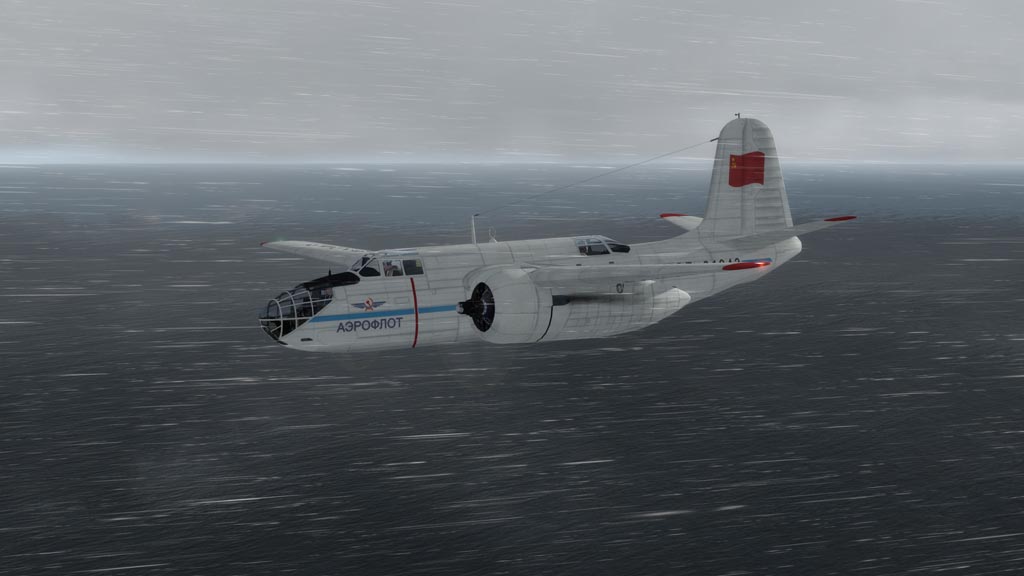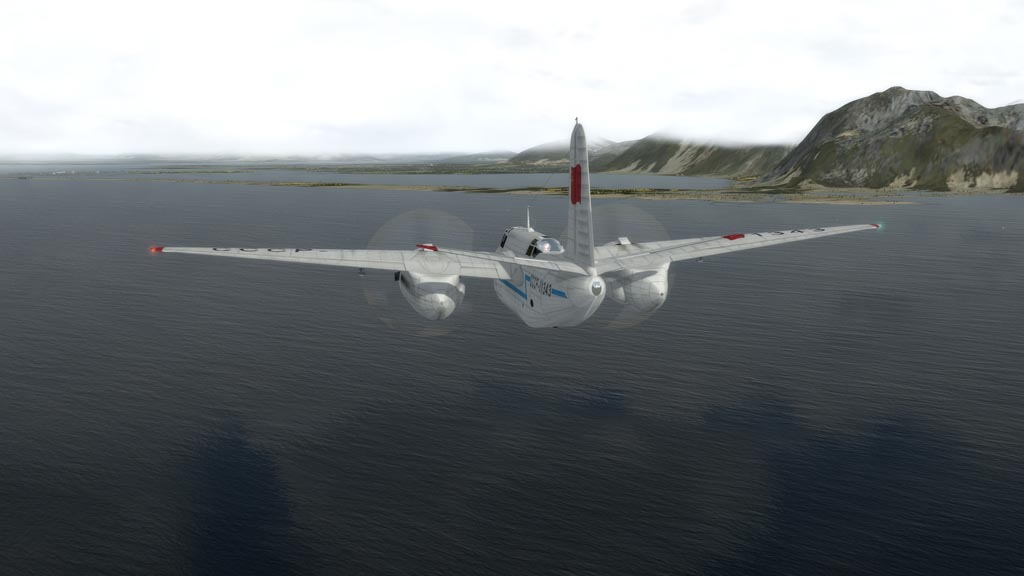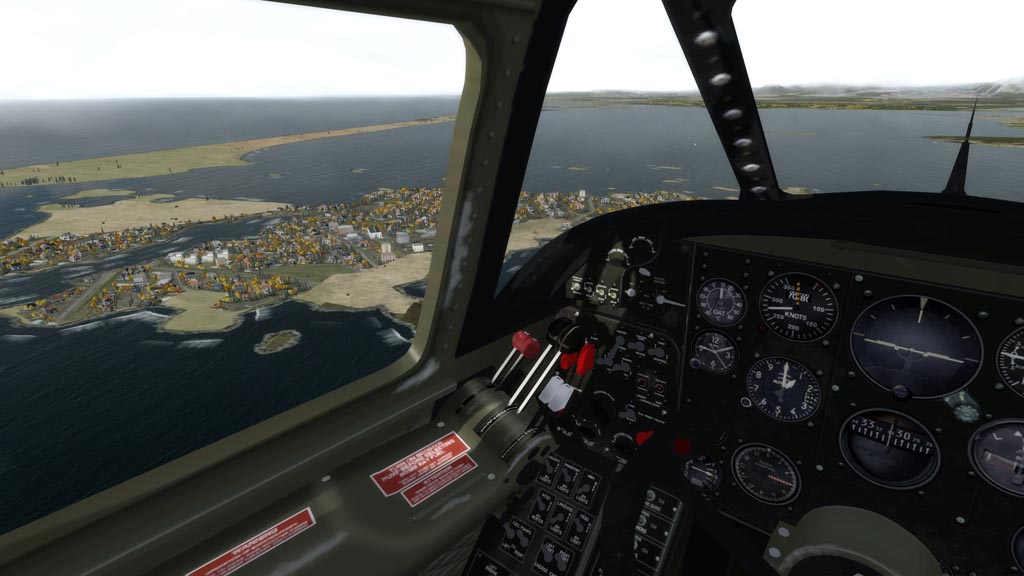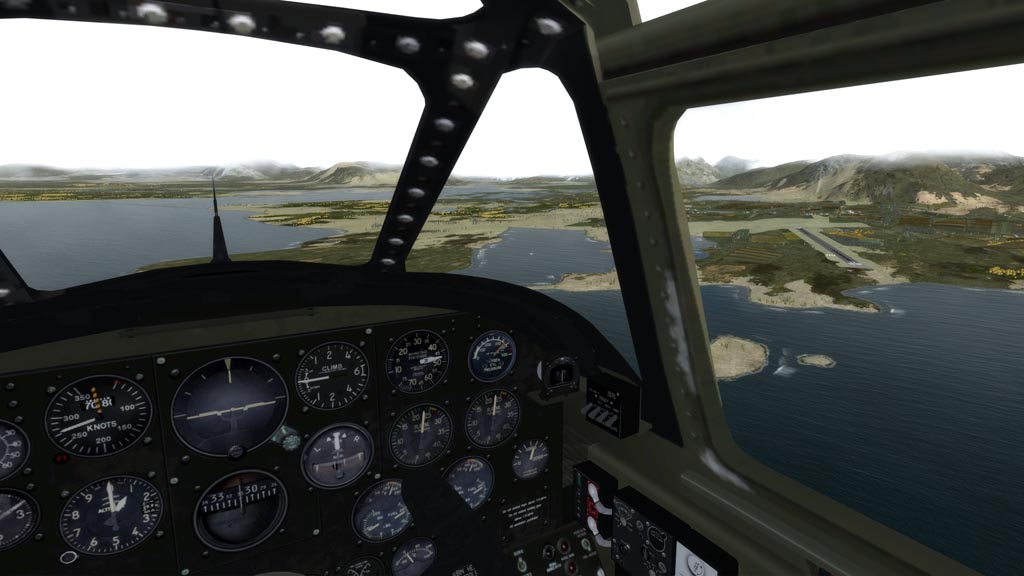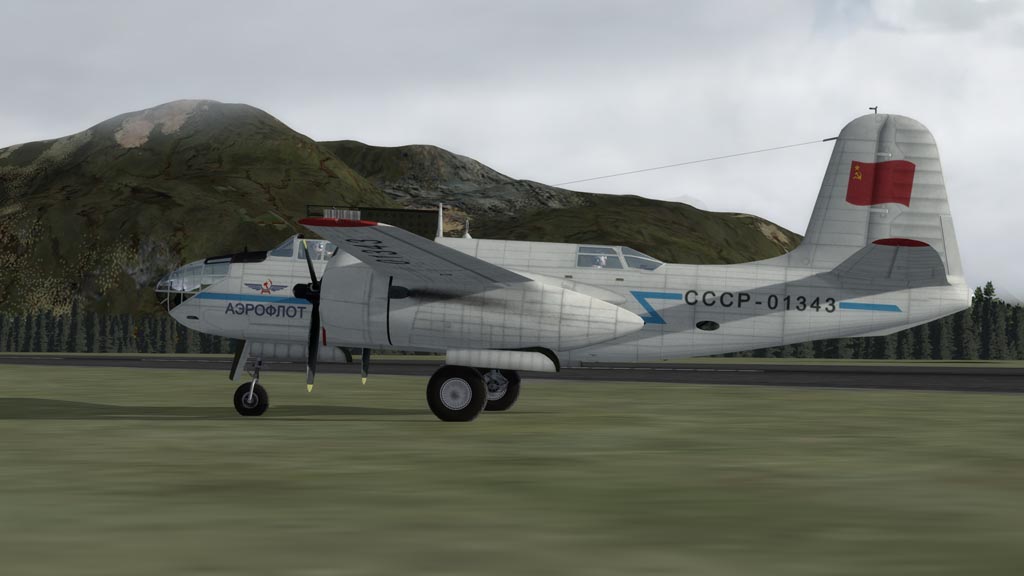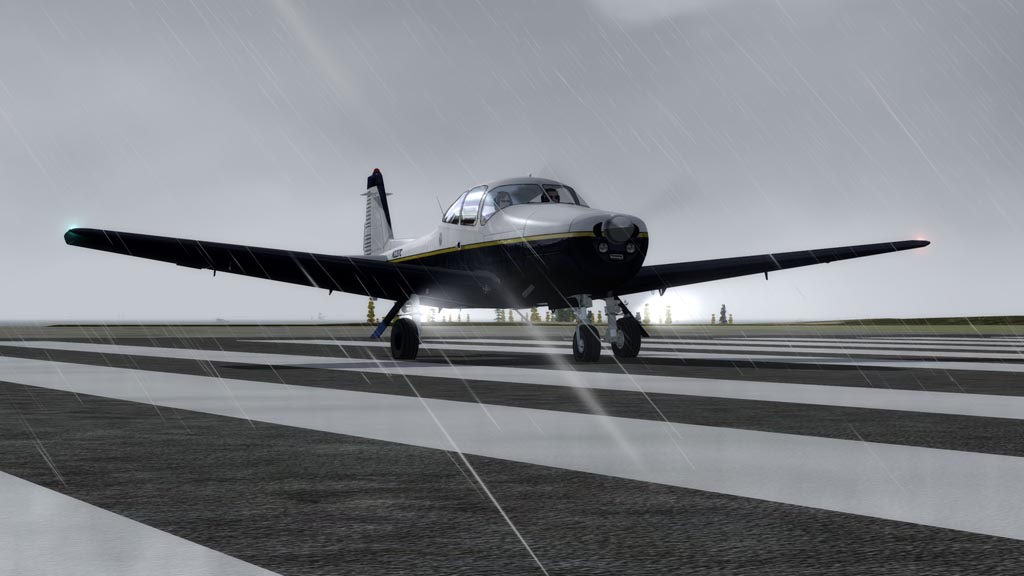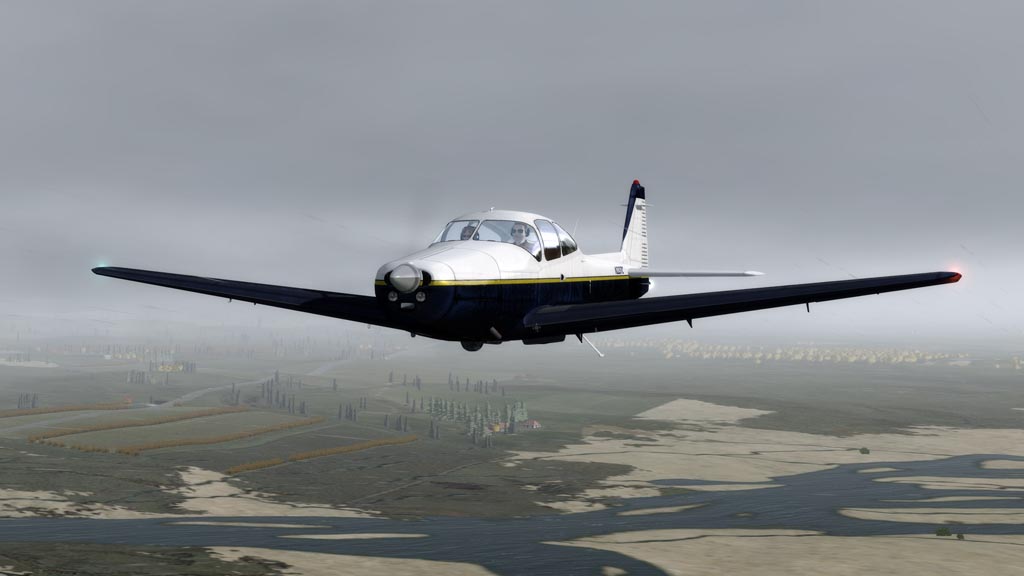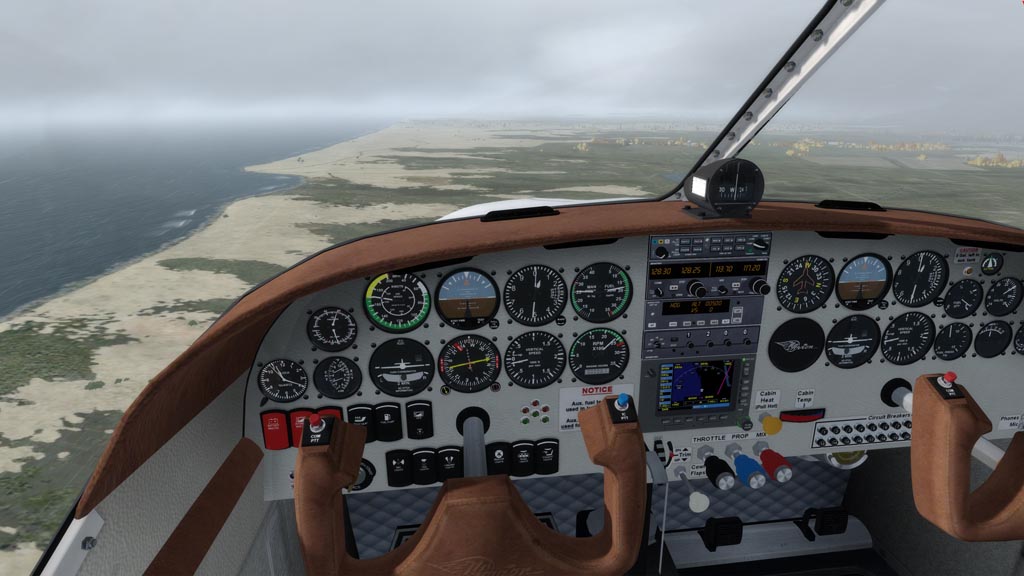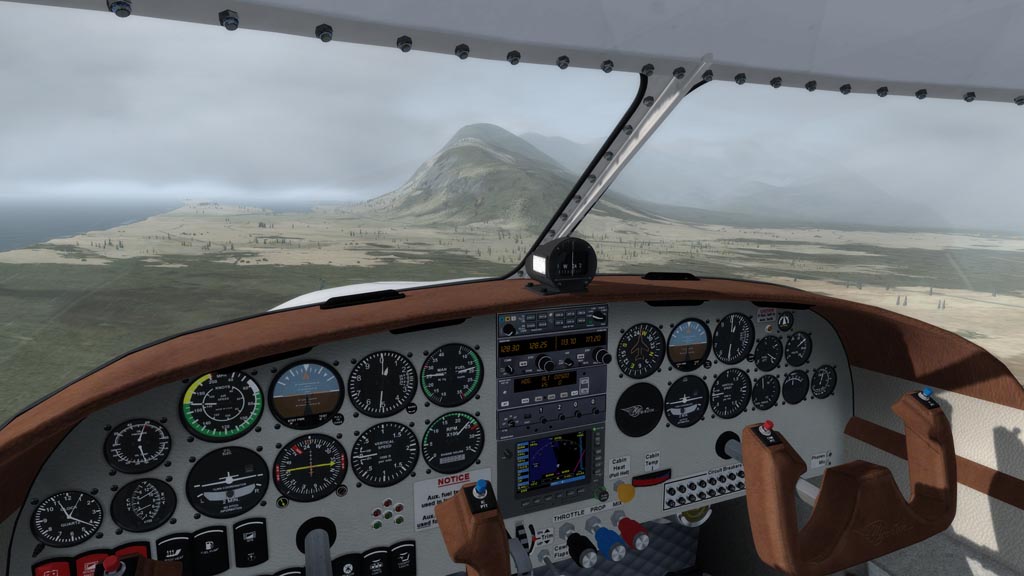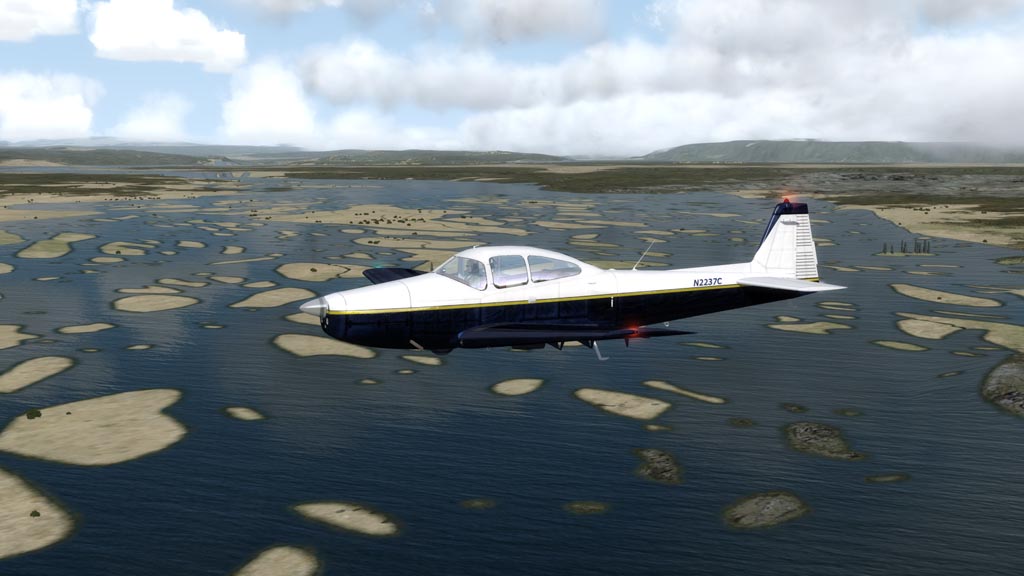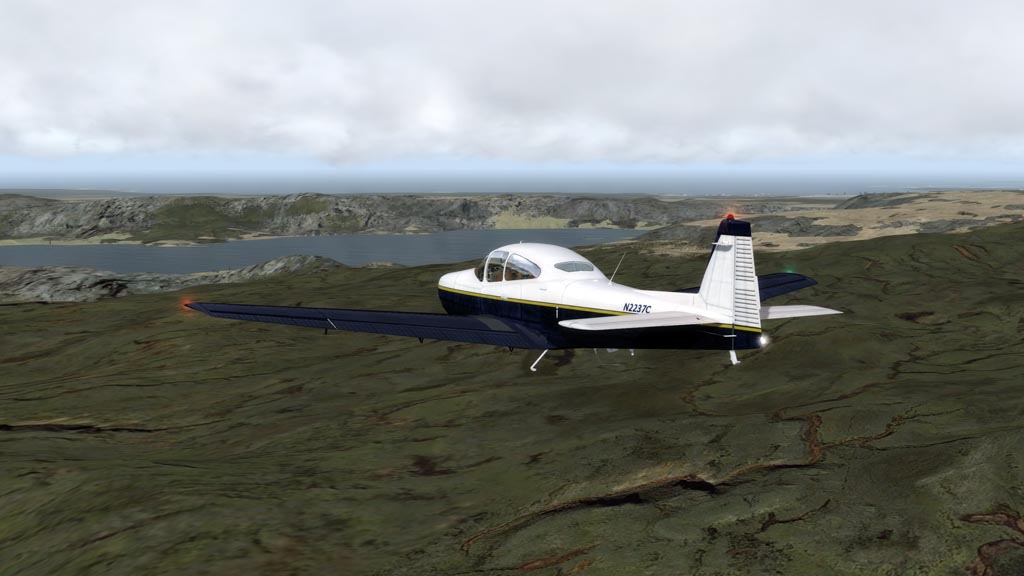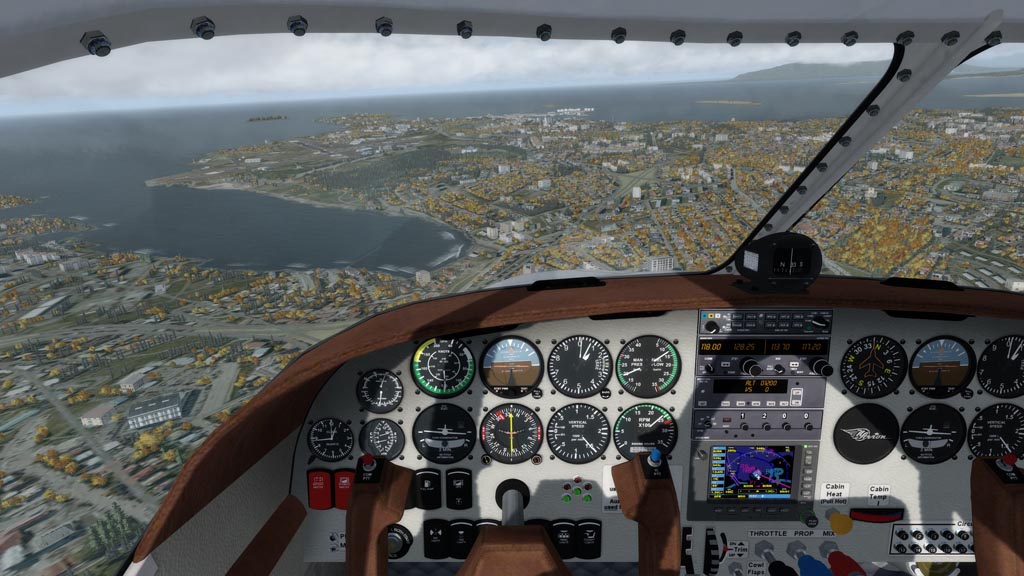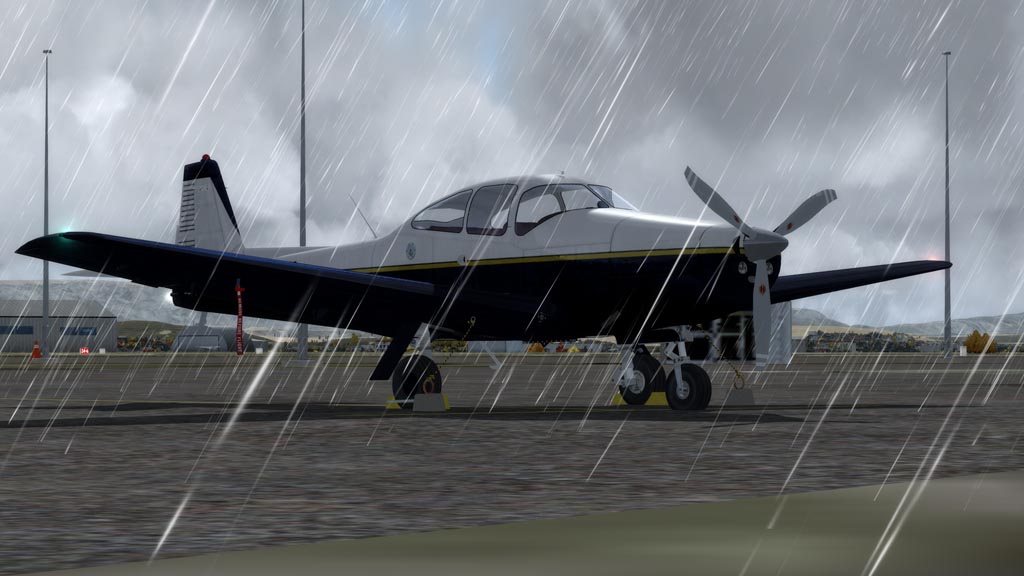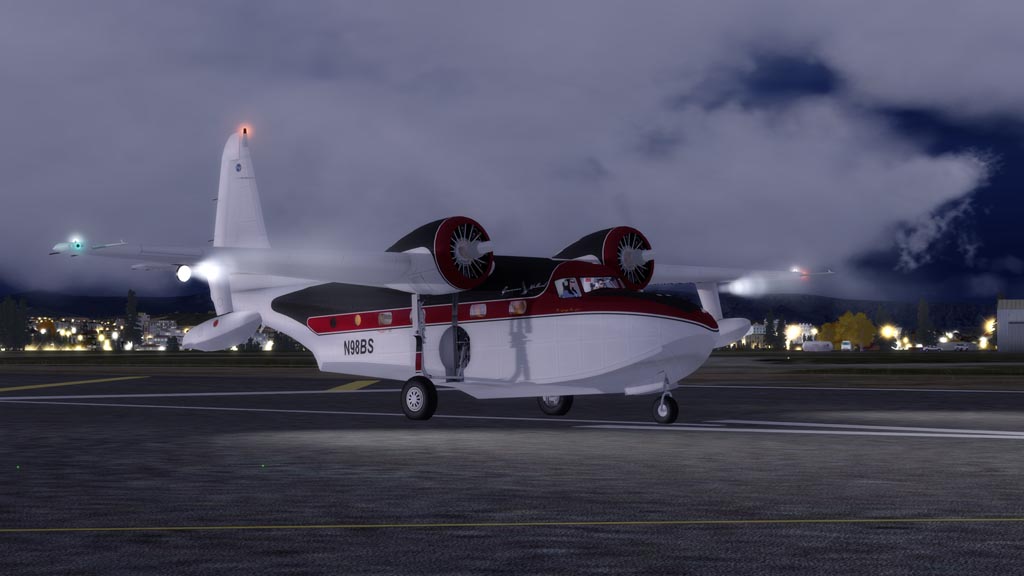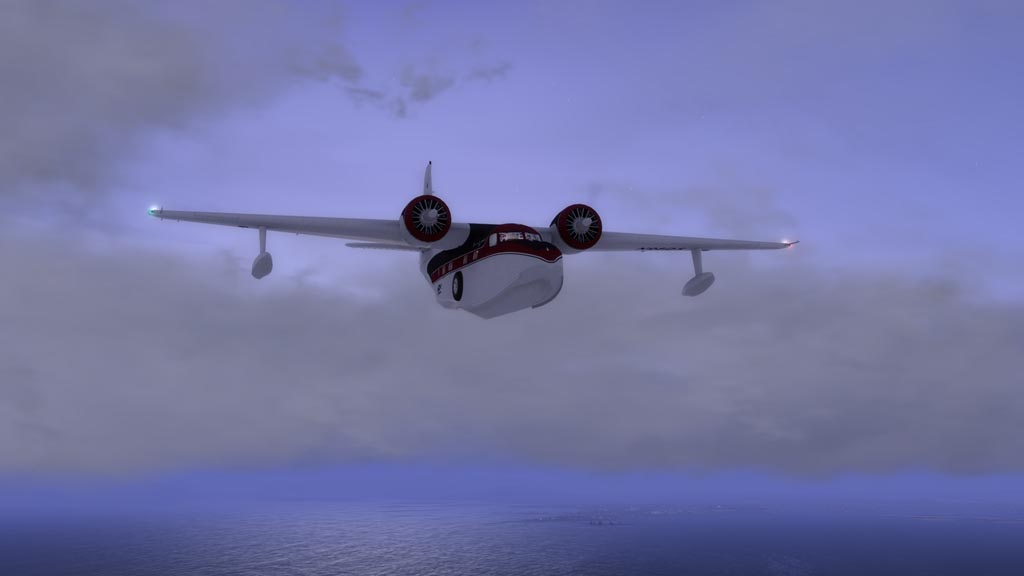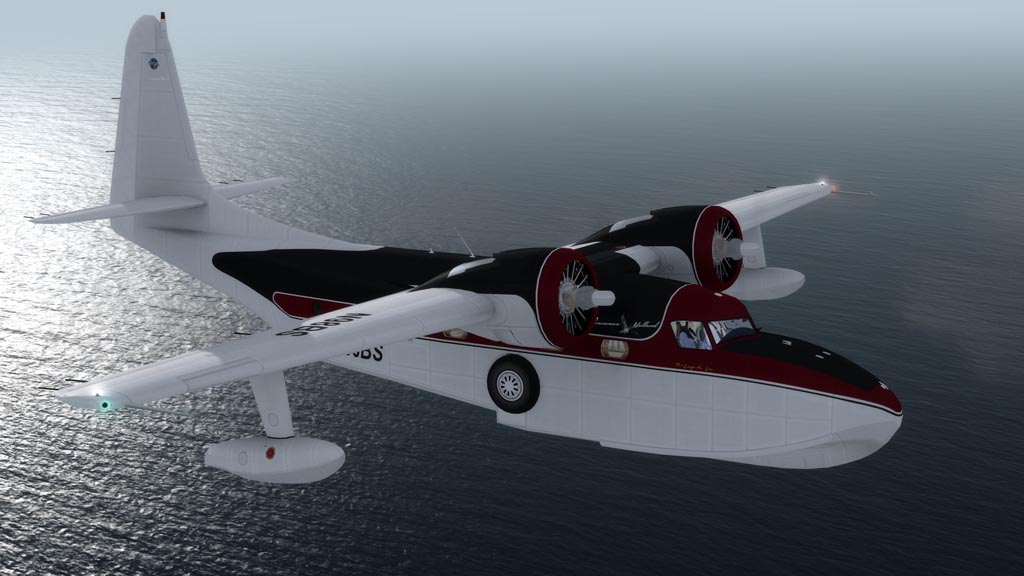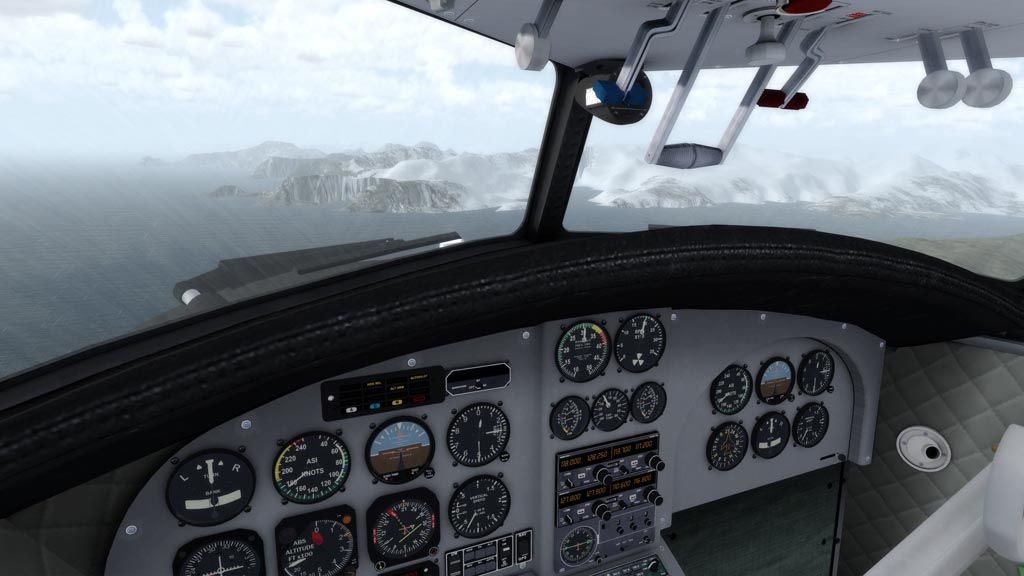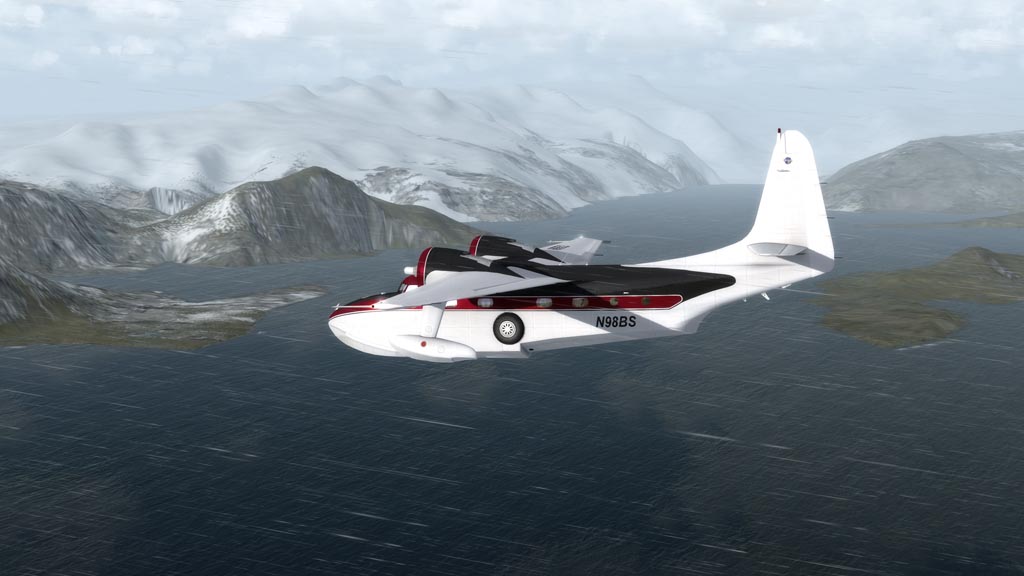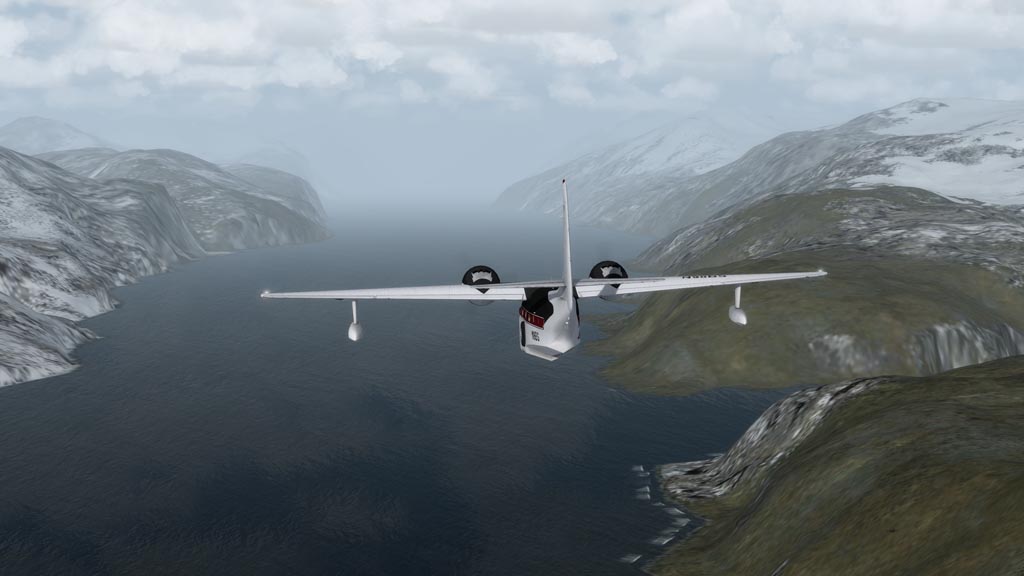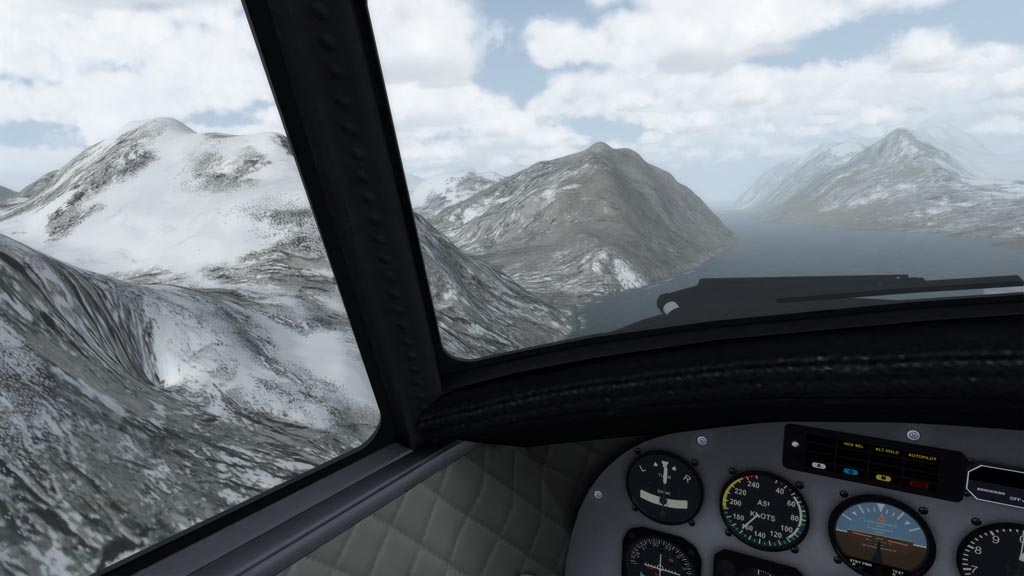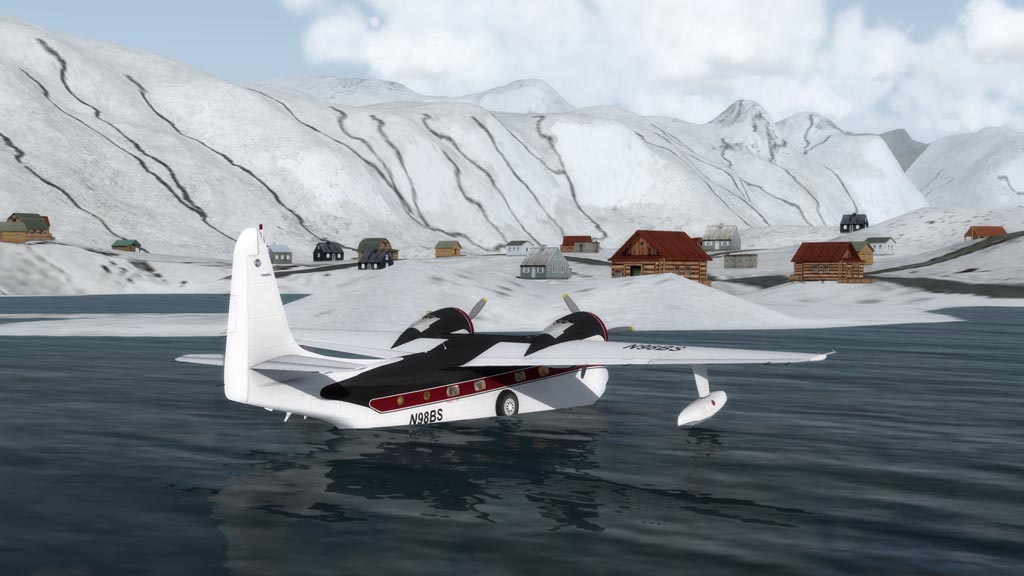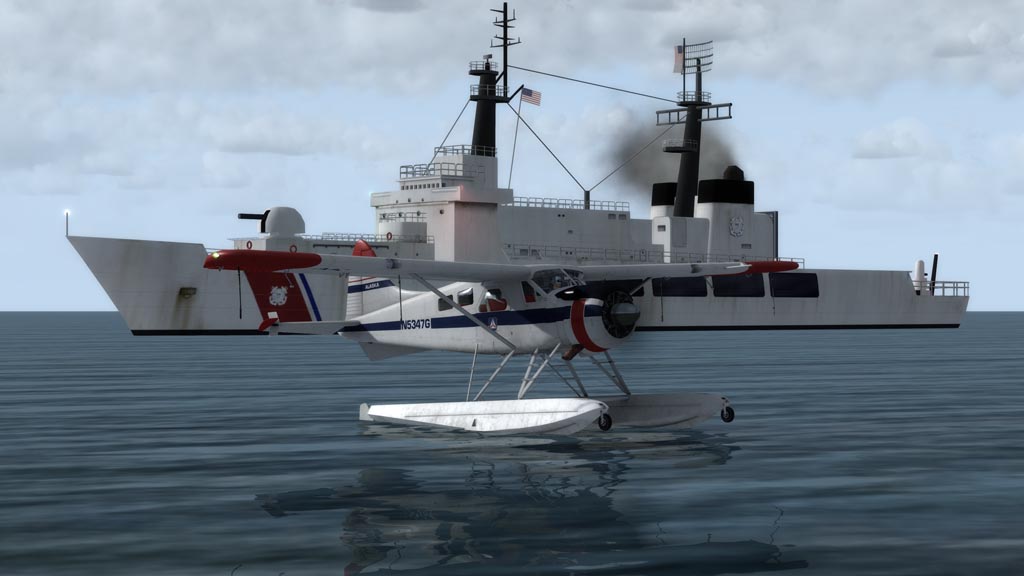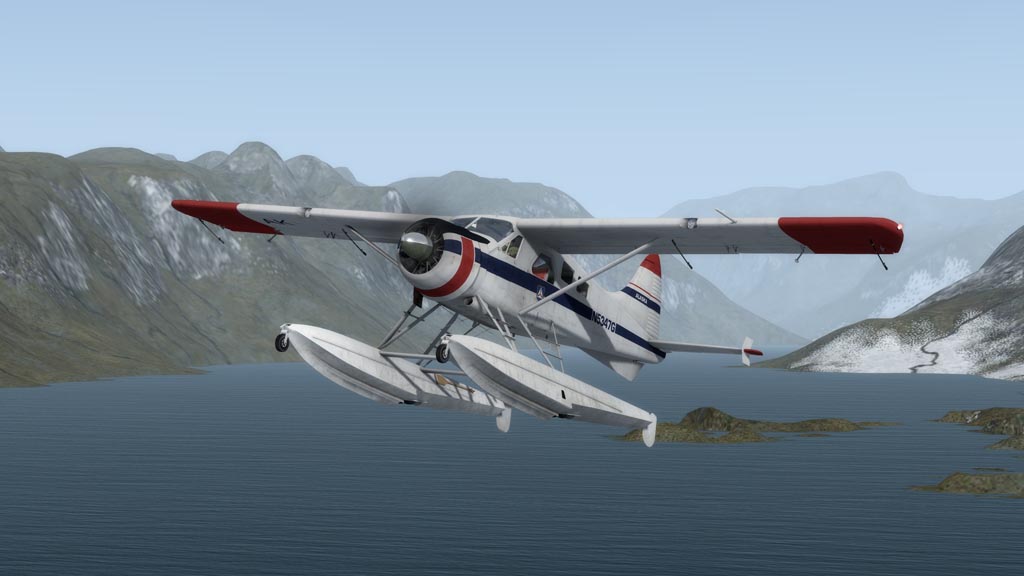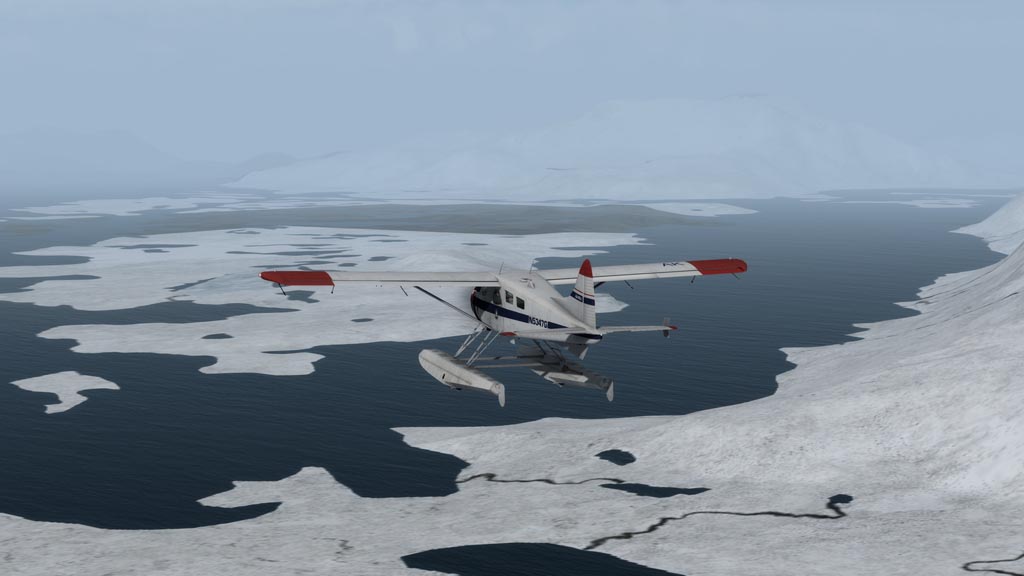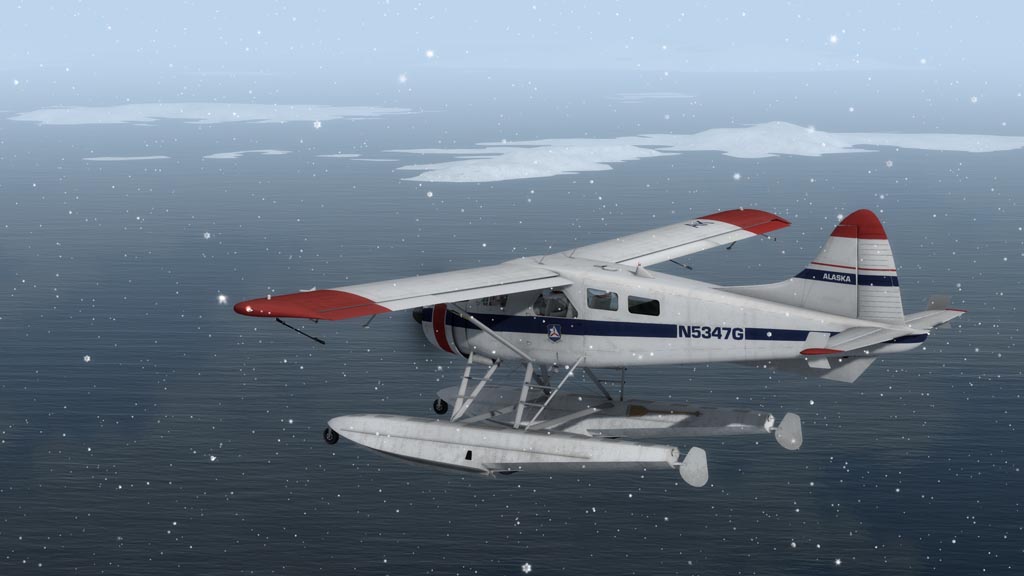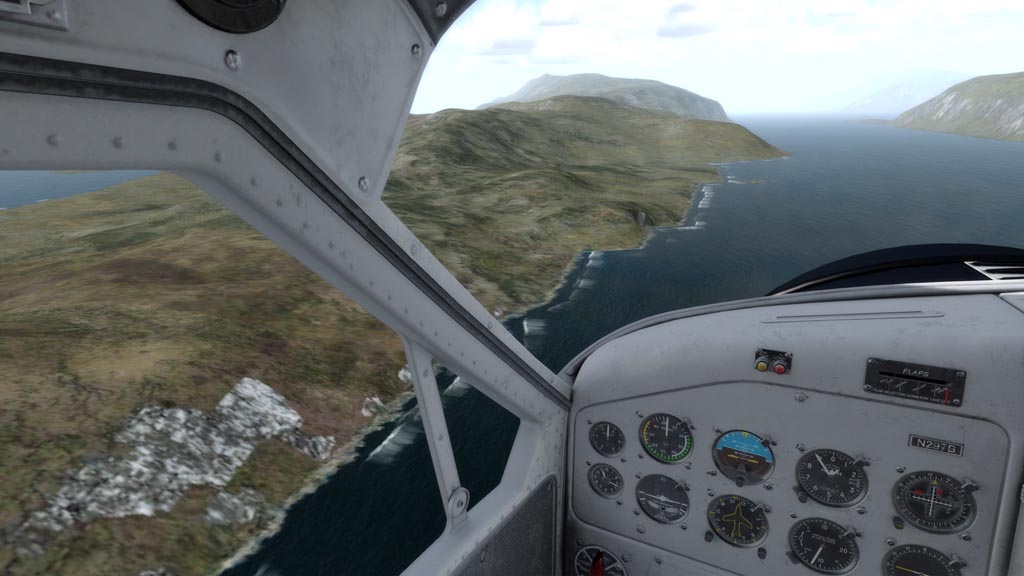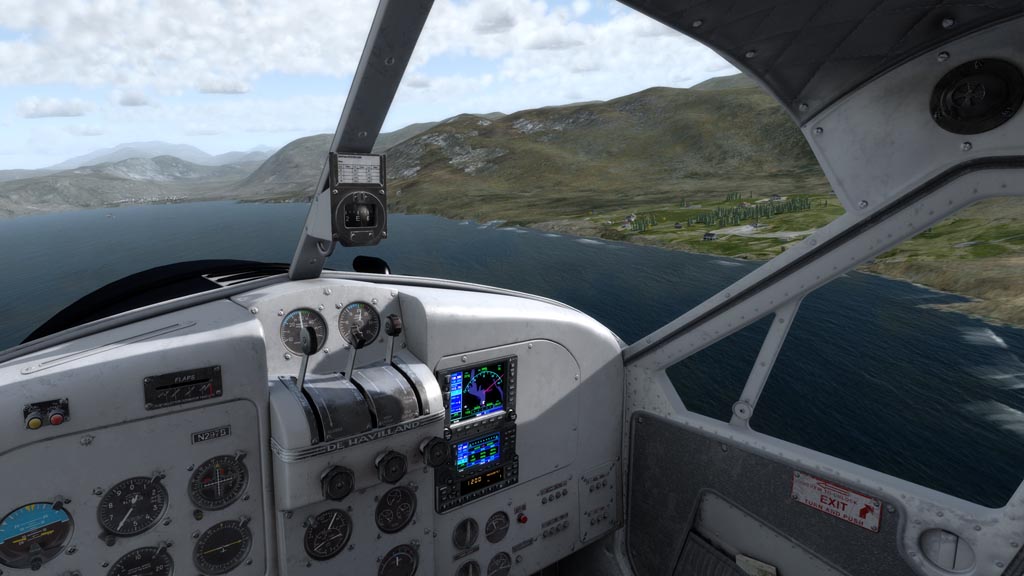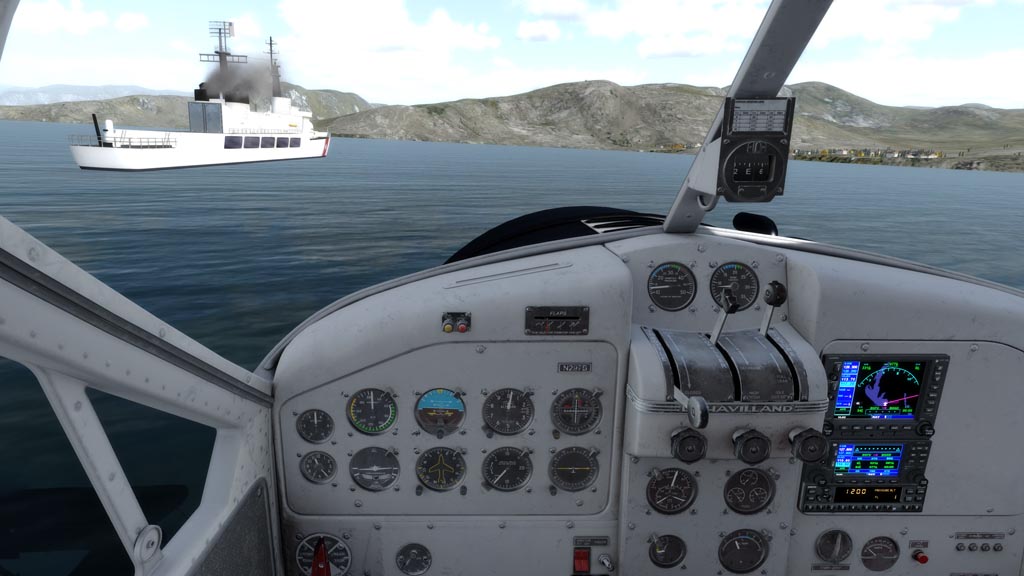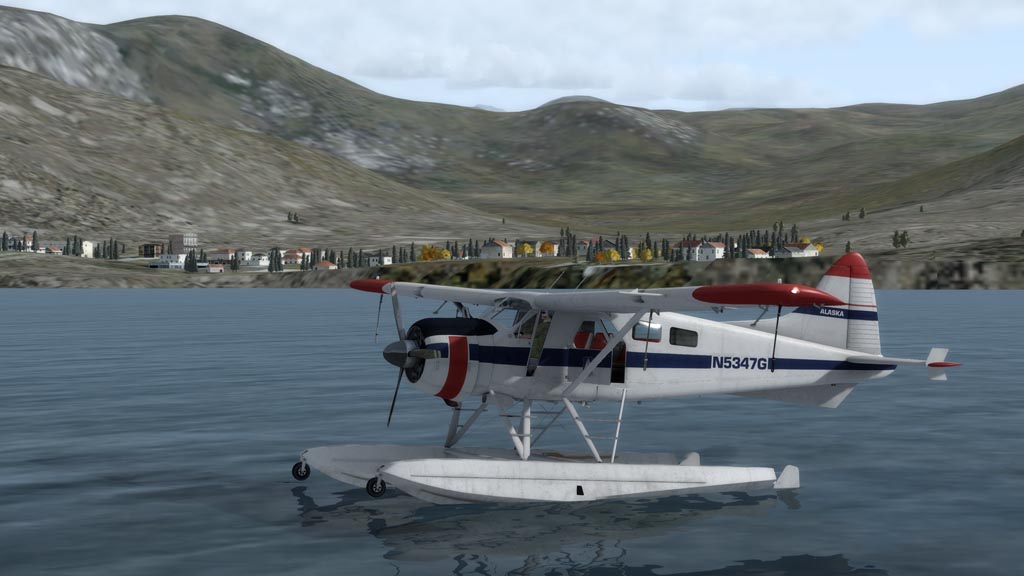September 19, 2017: The North American F-86 Sabre, the Sabre is best known as the United States' first swept wing fighter that could counter the Soviet MiG-15 and was considered one of the best and most important fighter aircraft in the Korean war. Although it first flew in 1947 and was outdated by the end of the '50s, the Sabre proved versatile and adaptable. The last was retired by the Bolivian Air Force in 1994. Over 9800 were built in the US, Canada, Japan and Italy.
I tried to use the very nice Milviz model but it proved a bit beyond my skills. I started the flight but part way to Paris noticed the gauges had stopped, I fiddled with the power switches and got them back but then the engine was running at 100% and I could not get it to power back. Fiddling with the switches some more the engine stopped and I could not get it restarted, finally aborting before it crashed into a field. So instead I tried with the Virtavia model, which does not look as nice, especially the VC but it is much easier to fly. Started the flight with light rain, 7 knot winds, a few clouds at 700 feet, overcast at 6000 and a temperature of 10C/50F. I headed northwest toward Paris, at about 5000 feet to get over the first bank of hills and then dropped to about 2300 to stay below the clouds. It cleared up a bit as I approached Paris but I did not see the Eiffel tower as far away as Lt. Smith and the boys did . I finally spotted it and did a few passes by the tower and the Arc de Triomphe before landing at Le Bourget. The F-86 just ate up the 207nm flight in just 35 minutes, often cruising at over 540 knots.
Here are the pics:
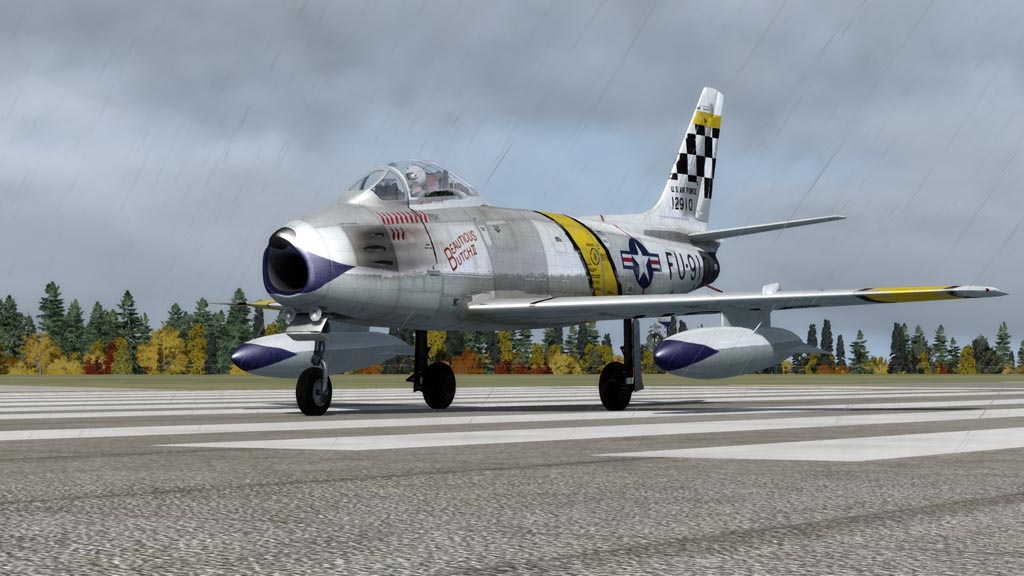
Ready to go.
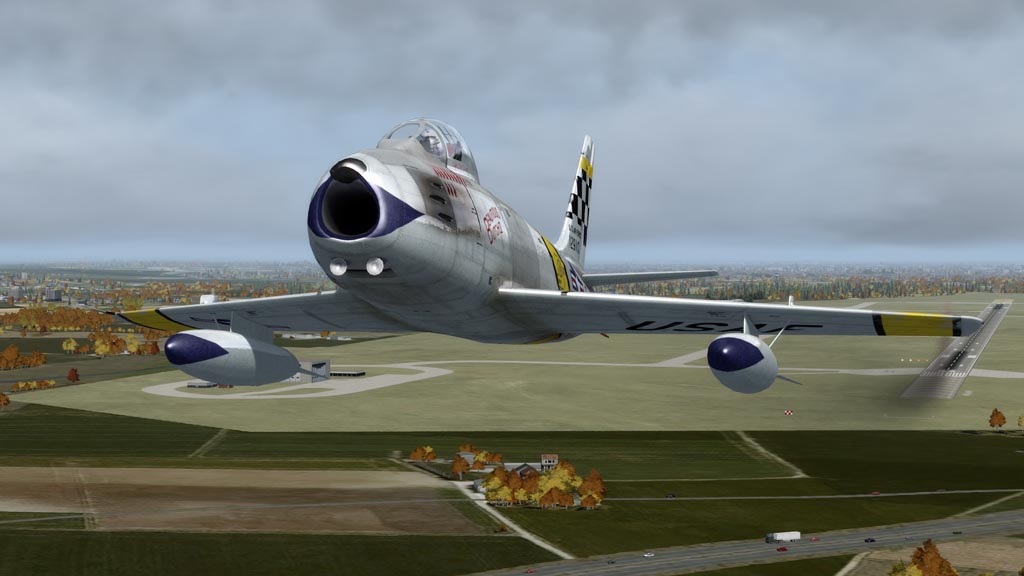
Climbing out of Strasbourg.
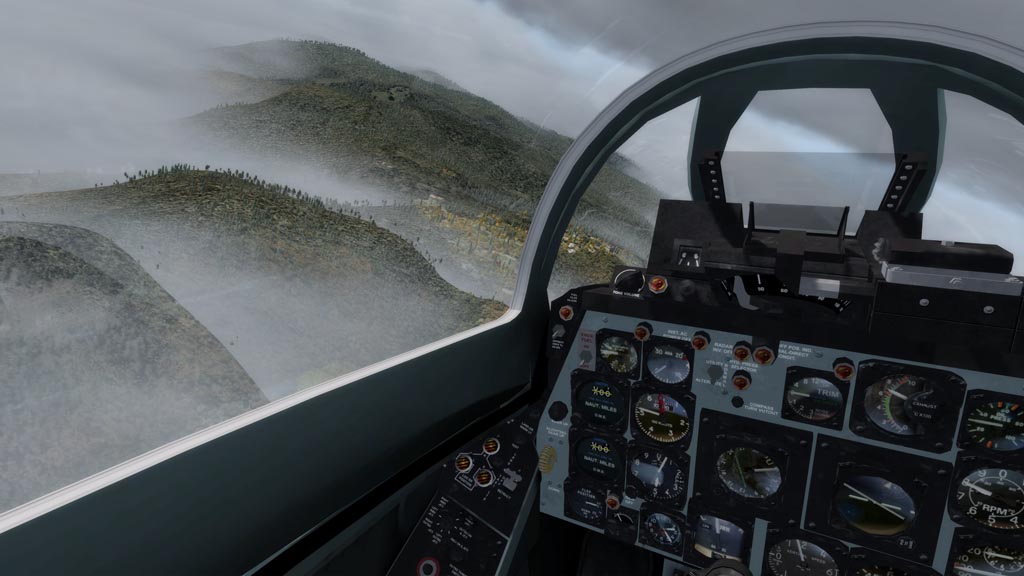
Try to stay between the clouds and the hills.
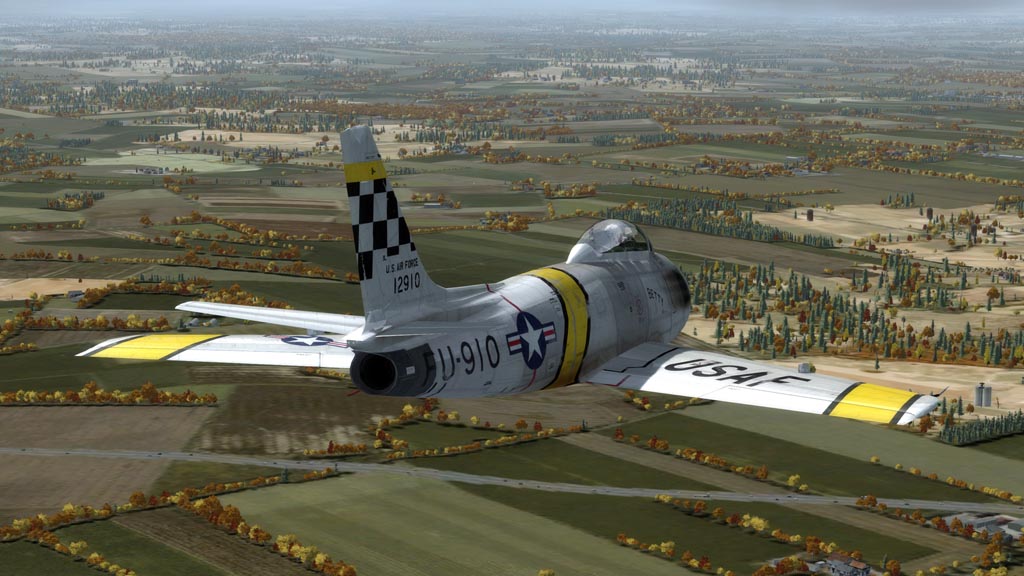
Its clear and I am good on fuel, drop the tanks.
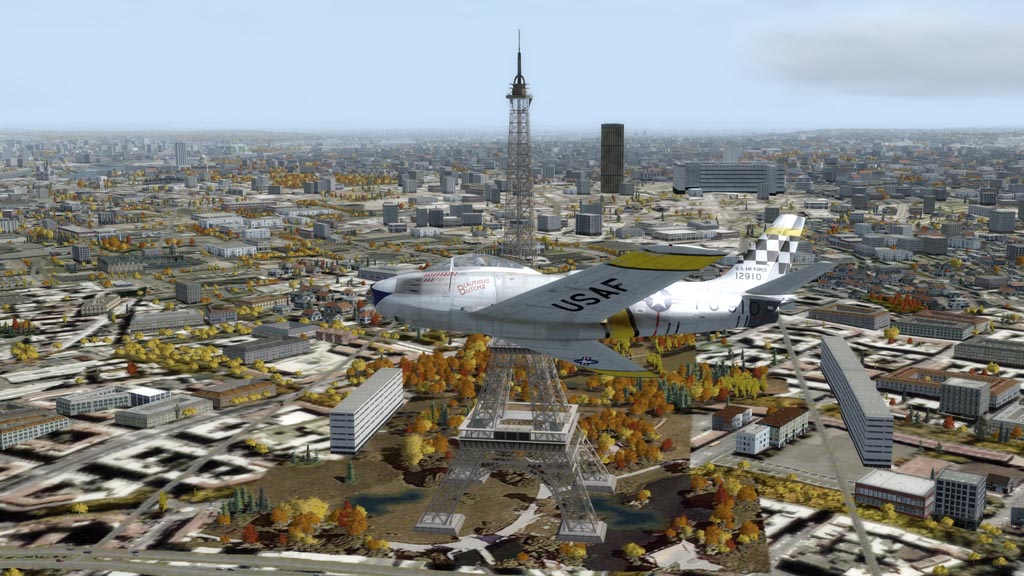
There is the Eiffel Tower
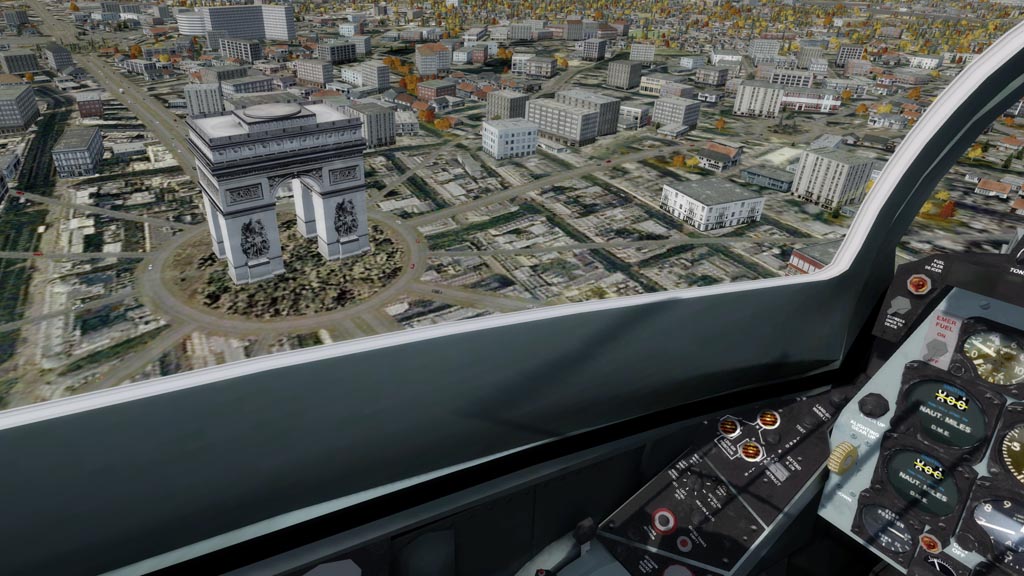
Never sean so few cars around the Arc
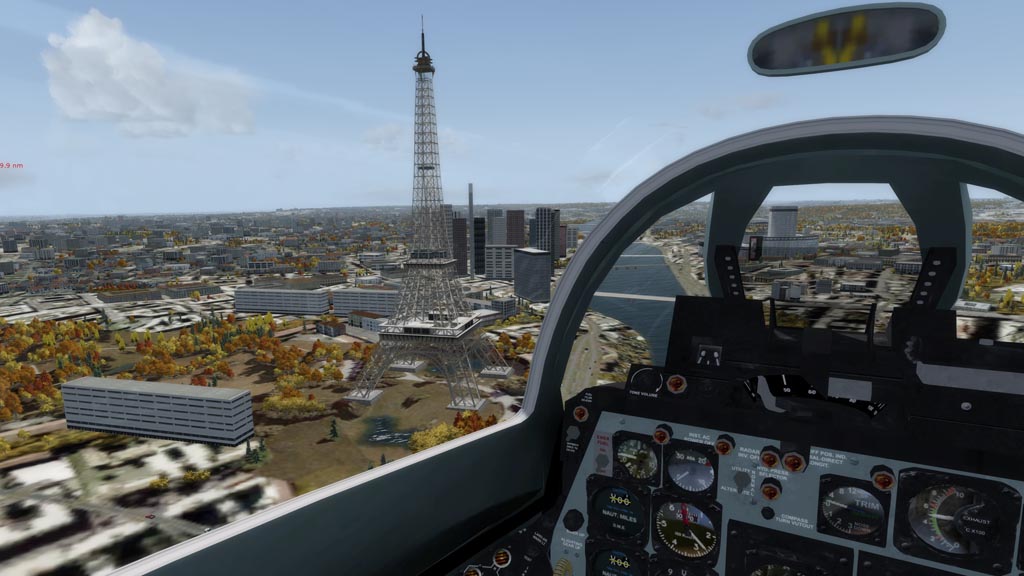
Another pass by the tower.
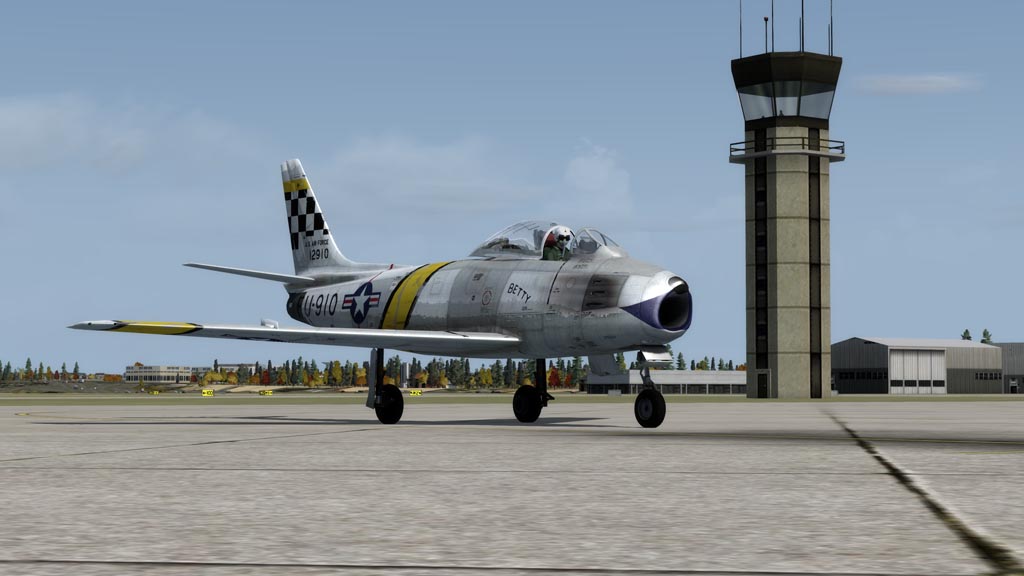
Landed.
Thanks for reading
ATB.



